We may earn revenue from the products available on this page and participate in affiliate programs. Learn More ›
For avid barbecuers, the aroma and flavor of grilled or smoked meat is almost unparalleled, and nothing says tasty food is coming one’s way better than a slow-smoked brisket or rack of ribs. Grilling has increased in popularity across the country, so there is no shortage of gift ideas for grilling enthusiasts. Whether you’re looking to buy a new smoker, grill, accessories, recipe books, or even meat subscriptions, we’ve put together a comprehensive list of the best grilling gifts. Even if you think your brother, sister, dad, friend, or great uncle has everything they need for their next grilling adventure, you’ll find something new on this list to surprise them with a thoughtful—or helpful—gift.
Find personalized grilling gifts at Etsy
Get grilling accessories gifts on Amazon
The Best Grilling Gifts
The best grilling gifts come in all shapes, sizes, and prices. We’ve rounded up a list of unique grilling gifts that covers a range of ideas from accessories to subscriptions.
Gifts Under $25
1. Cave Tools Meat Claws
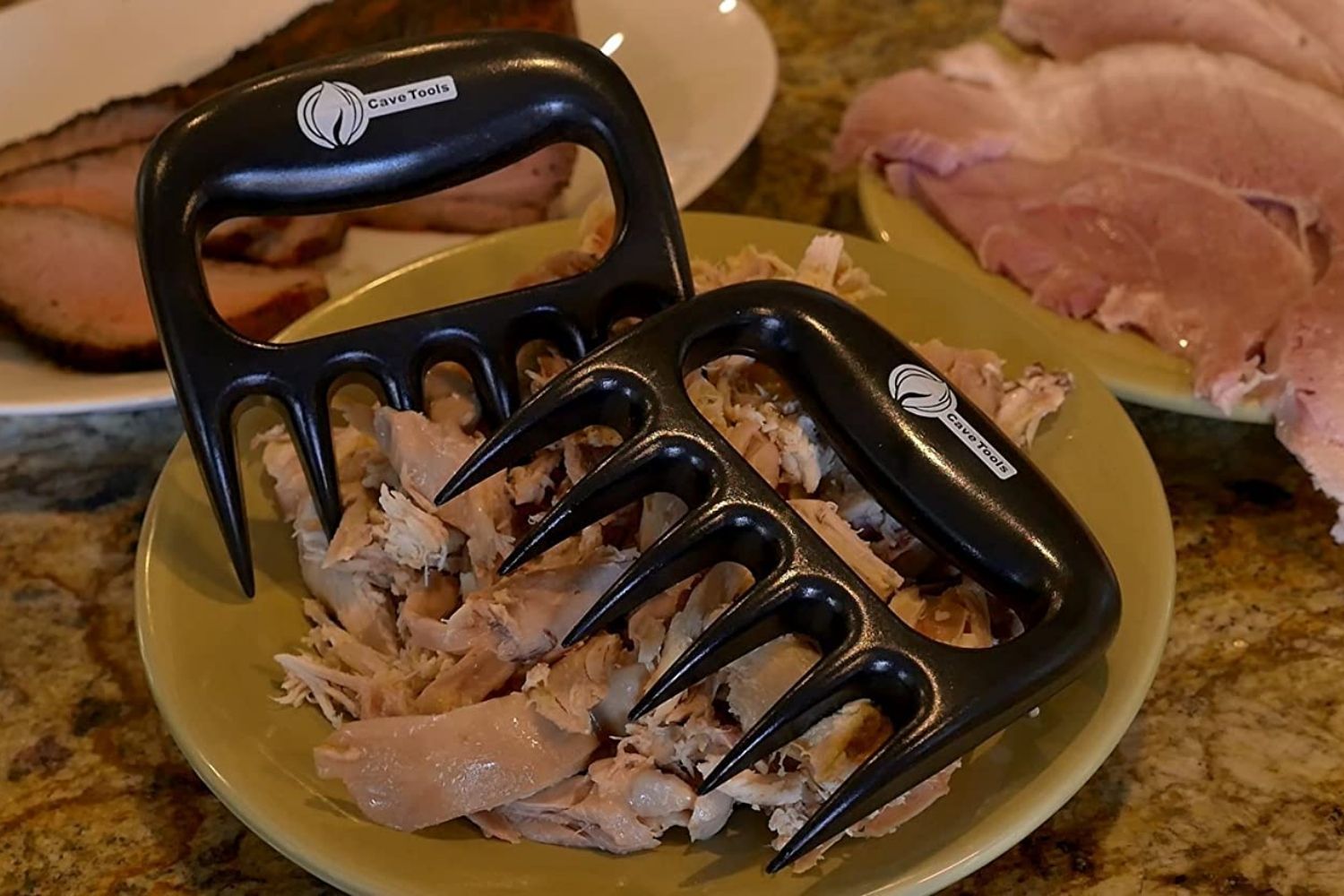
Pulled pork is one of the easiest and most popular meats to make, but shredding the pork can be a different story. A couple of oversize forks can wear out anyone’s hands and arms, but if they have these massive Cave Tools Meat Claws, they’ll tear through the pork (or other meat of choice) in no time. The teeth dig in deep to grab meats, hold them, or shred them. Get the shred on!
Get the Cave Tools Meat Claws at Amazon for $8.96
2. Jim Beam Cast Iron Burger Press
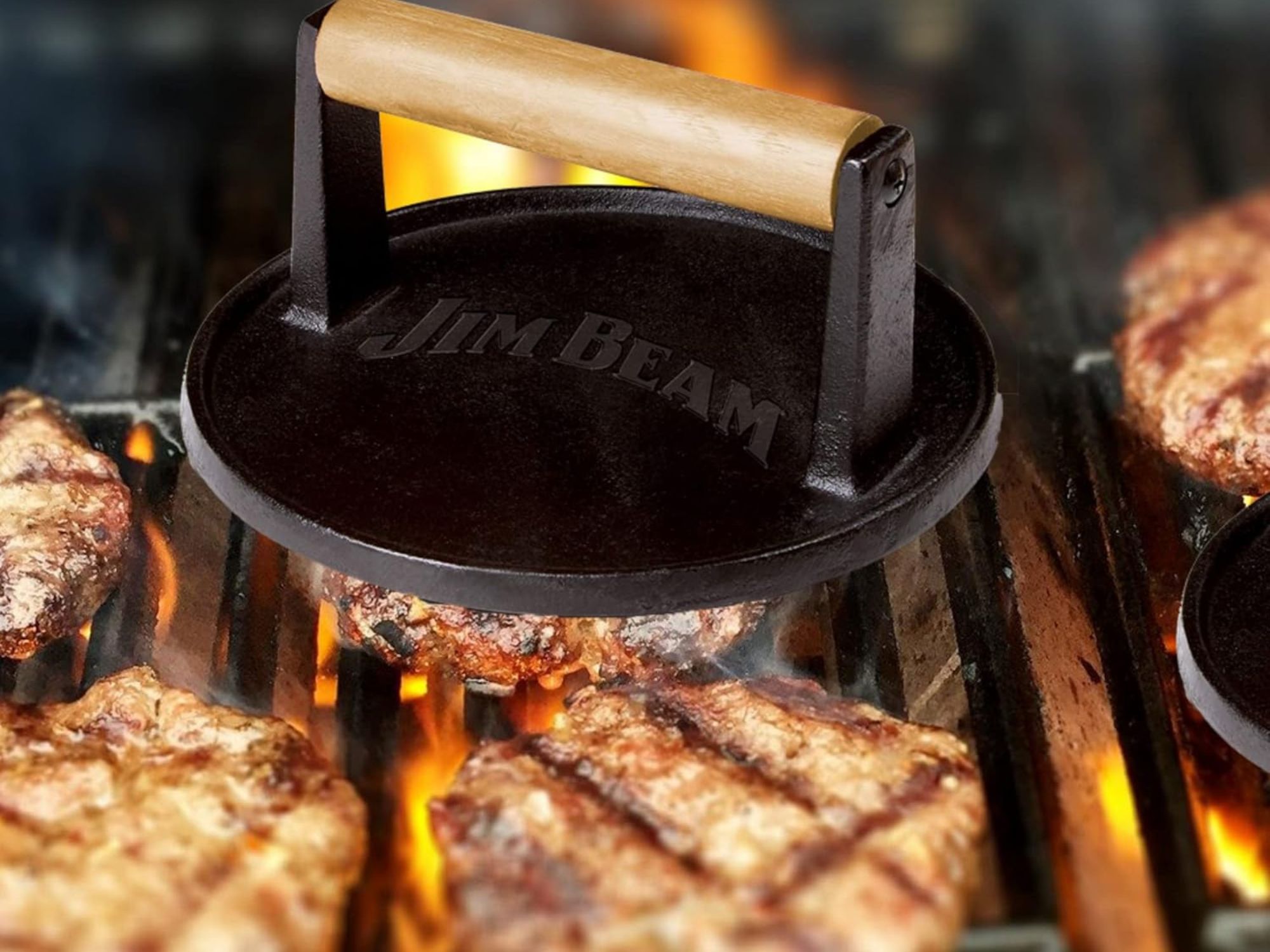
Everyone knows homemade burger patties taste the best, but using a burger press will allow them to cook more evenly and keep the juices in longer during grilling. This Jim Beam burger press might be the tool your griller didn’t know they needed. The other fun benefit is listening to the sizzle as you use the press to evenly sear burgers, steak, or chicken.
Get the Jim Beam Burger Press on Amazon for $16.10
3. “How to Grill Everything” by Mark Bittman
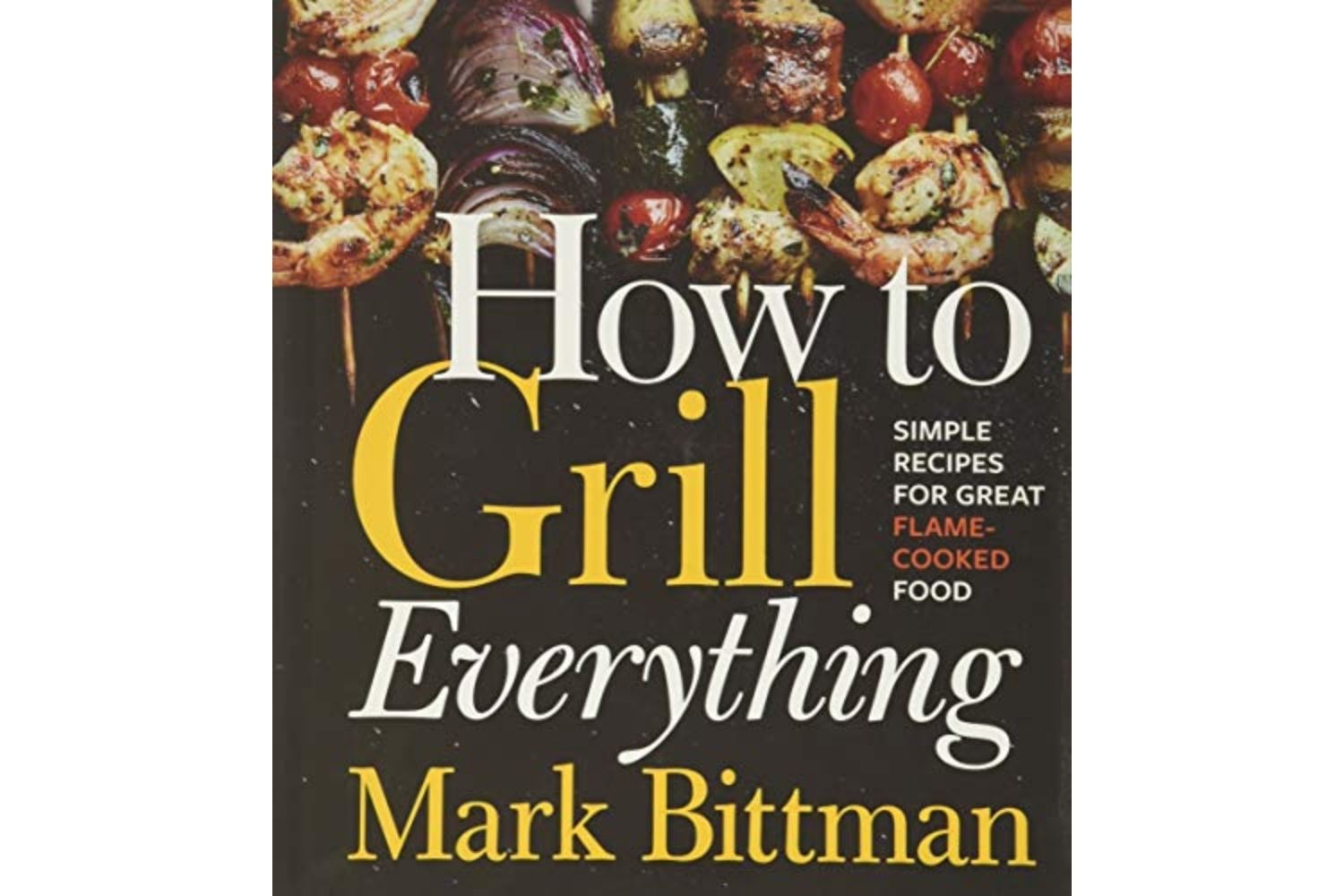
Mark Bittman’s “How to Grill Everything” is a top choice for both beginners and experienced grillers. It covers all the usual meats, pizza, and seafood, but it has an extensive vegetable section as well. The fun surprise is the treat section that includes recipes for grilling watermelon, pound cake, or even rosemary bread.
Get “How to Grill Everything” by Mark Bittman on Amazon for $20
4. Kona Best BBQ Grill Mat
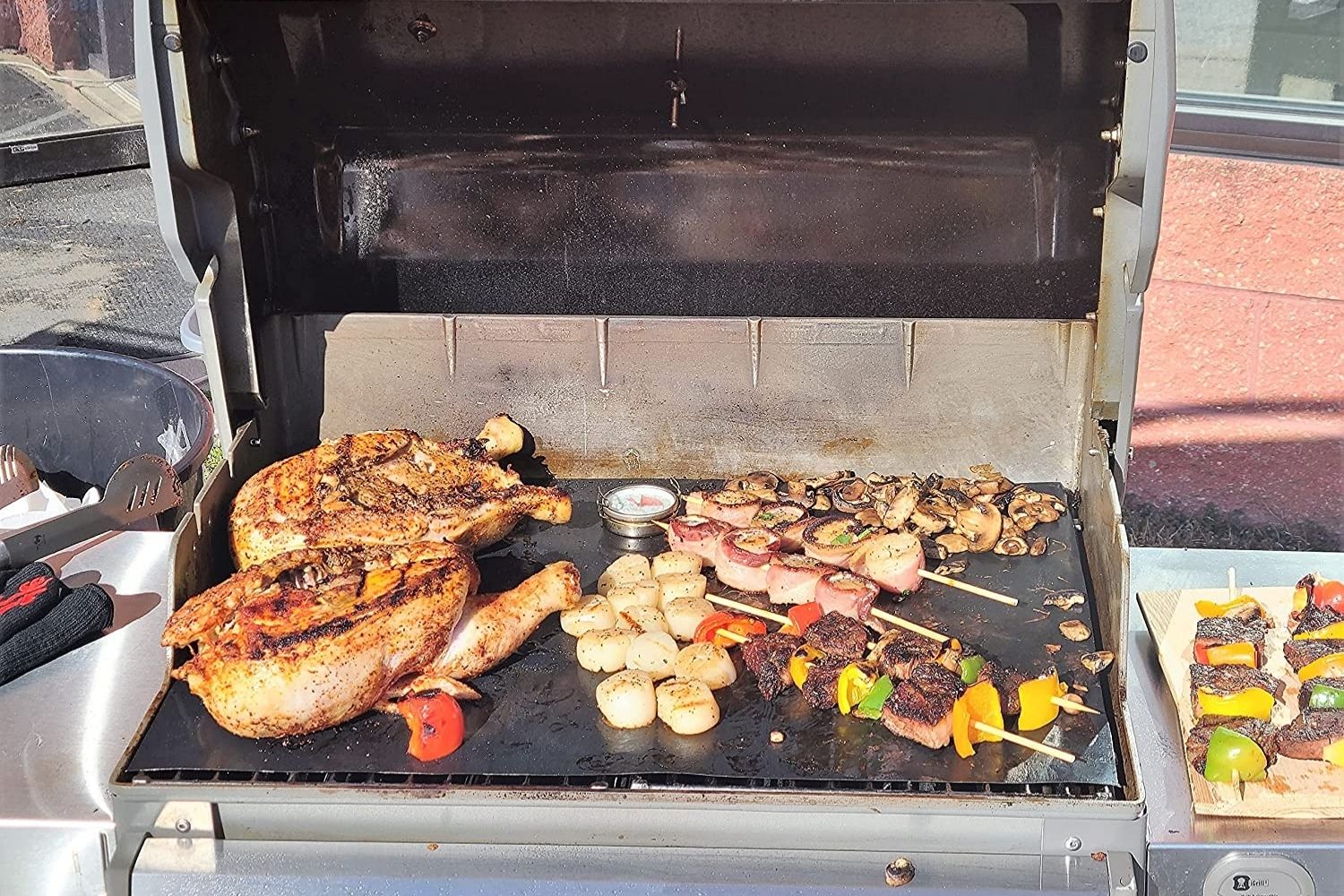
Do you know someone who loves to grill but hates to clean up the greasy drip pan? Then this is the perfect gift. It’s a nonstick grill mat that keeps all the mess contained so it can be easily cleaned. Sure, they’ll forgo the traditional grill marks, but a great char can still be achieved with this mat. This is one of the thickest (and therefore more durable) mats available, which means it should hold up to the most intense grilling jobs.
Get the Kona Best BBQ Grill Mat on Amazon for $19.95
Find more of top picks in our Best Grill Mats guide.
5. Kabob Grilling Baskets
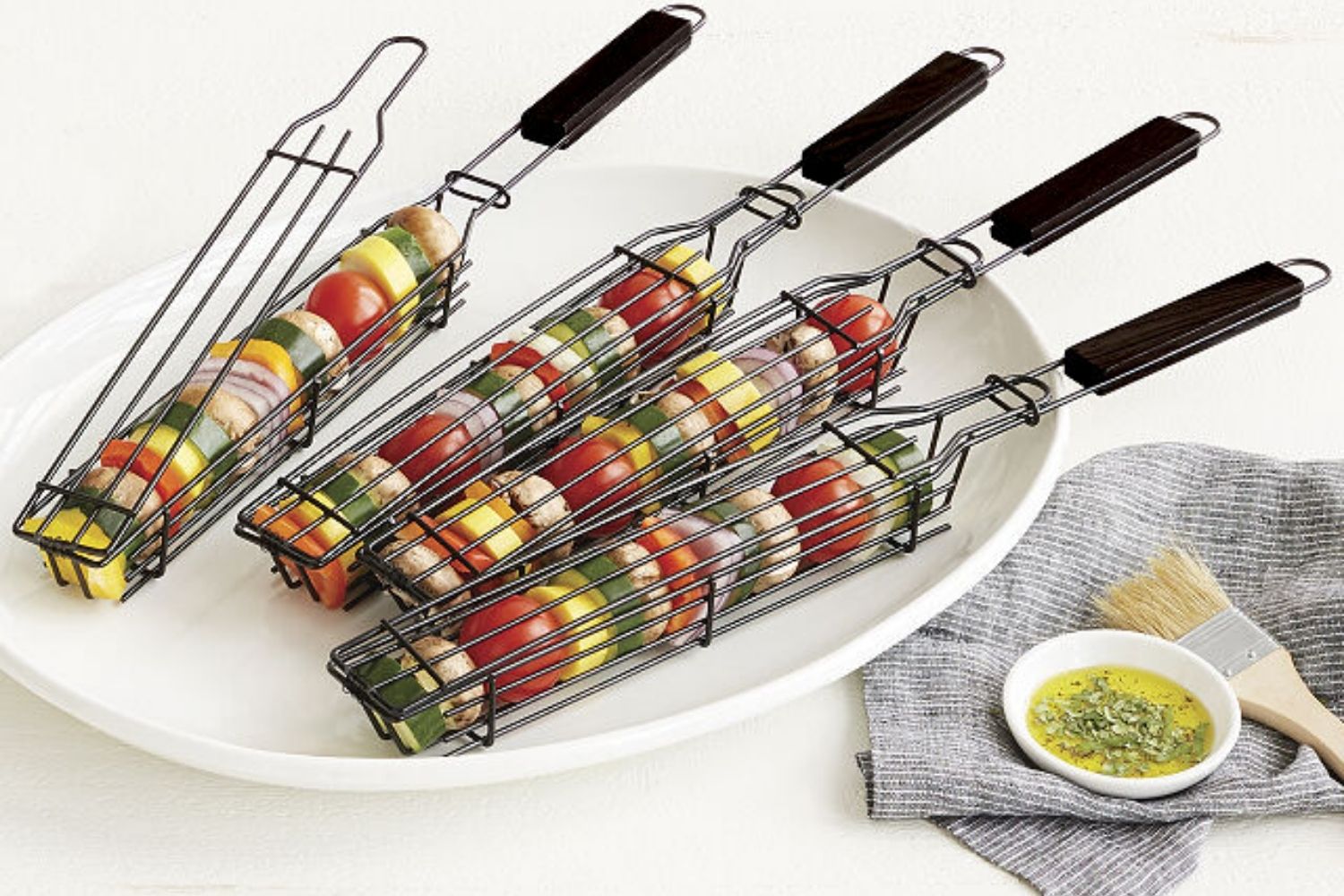
Kabobs (or kebabs) are a tasty way to eat a healthy, balanced meal from the grill, but if the skewers aren’t prepared correctly, it’s another way to lose the food intended for consumption when pieces fall off or the skewers ignite. Enter these kabob grilling baskets. These handy little baskets hold any sliced food in skewer form without needing the skewer itself.
Get the Kabob Grilling Baskets from Uncommon Goods for $20
6. Citrusafe Grill and Grate Cleaner
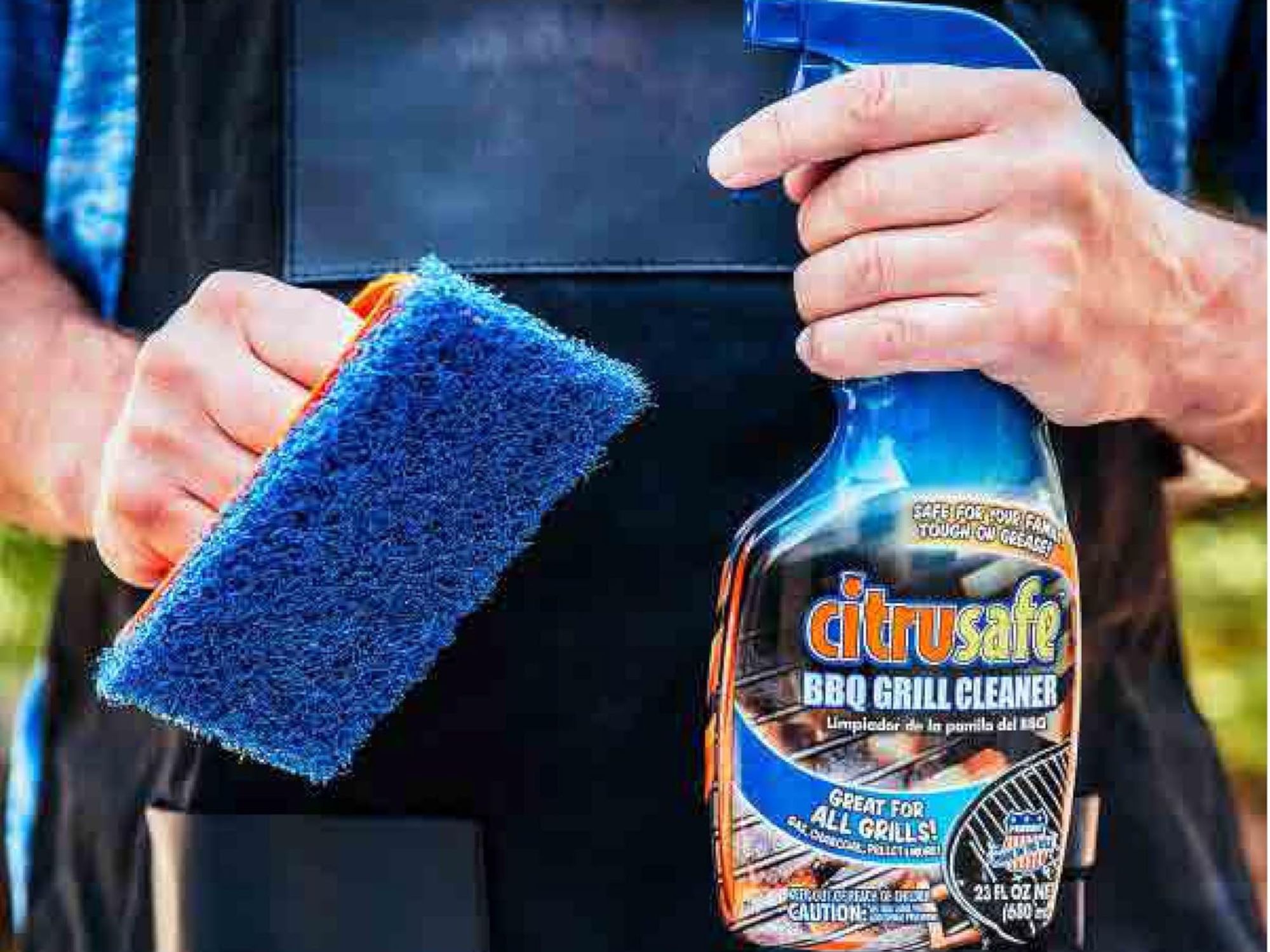
Grillers know that to keep the grill in good condition, they need to be vigilant about cleaning the grill grates after every use, which is why this environmentally friendly grill cleaner by Citrusafe is an excellent addition to any grill master’s outdoor kitchen. Simply apply the citrus-based cleaner after the grill has had time to cool down to cut through grease and remove burned or stuck-on food.
What our tester says: “The solution contains D-limonene, which is safe for the grill, safe for the environment, and safe for the user, making this one of the best all-purpose grill cleaners for the environmentally conscious consumer.”—Jen Karetnick, Product Reviews tester and writer
Get the Citrusafe Grill and Grate Cleaner on Lowe’s for $7.98
Learn how we tested and reviewed more top picks in our Best Grill Cleaners guide.
7. Cave Tools Barbecue Grill Light

Grilling and barbecuing don’t have to be confined to daylight hours, and that’s where a grilling light comes in handy. The Cave Tools Barbecue Grill Light can be used next to or even inside the grill to illuminate what’s being cooked. The clamp can fit on both rectangular and round bars, so it’s compatible with most barbecues.
What our tester says: “With 10 LED bulbs that bathe a grill surface in a broad swath of light and a mount style that allows users to direct the light on the fly, we found the Cave Tools barbecue light to be an excellent option for gas grills.”—Tony Carrick, Product Reviews tester and writer
Get the Cave Tools Grill Light on Amazon for $16.99
Learn how we tested and reviewed more top picks in our Best Grill Lights guide.
8. Mesh Grill Bags – Set of 2
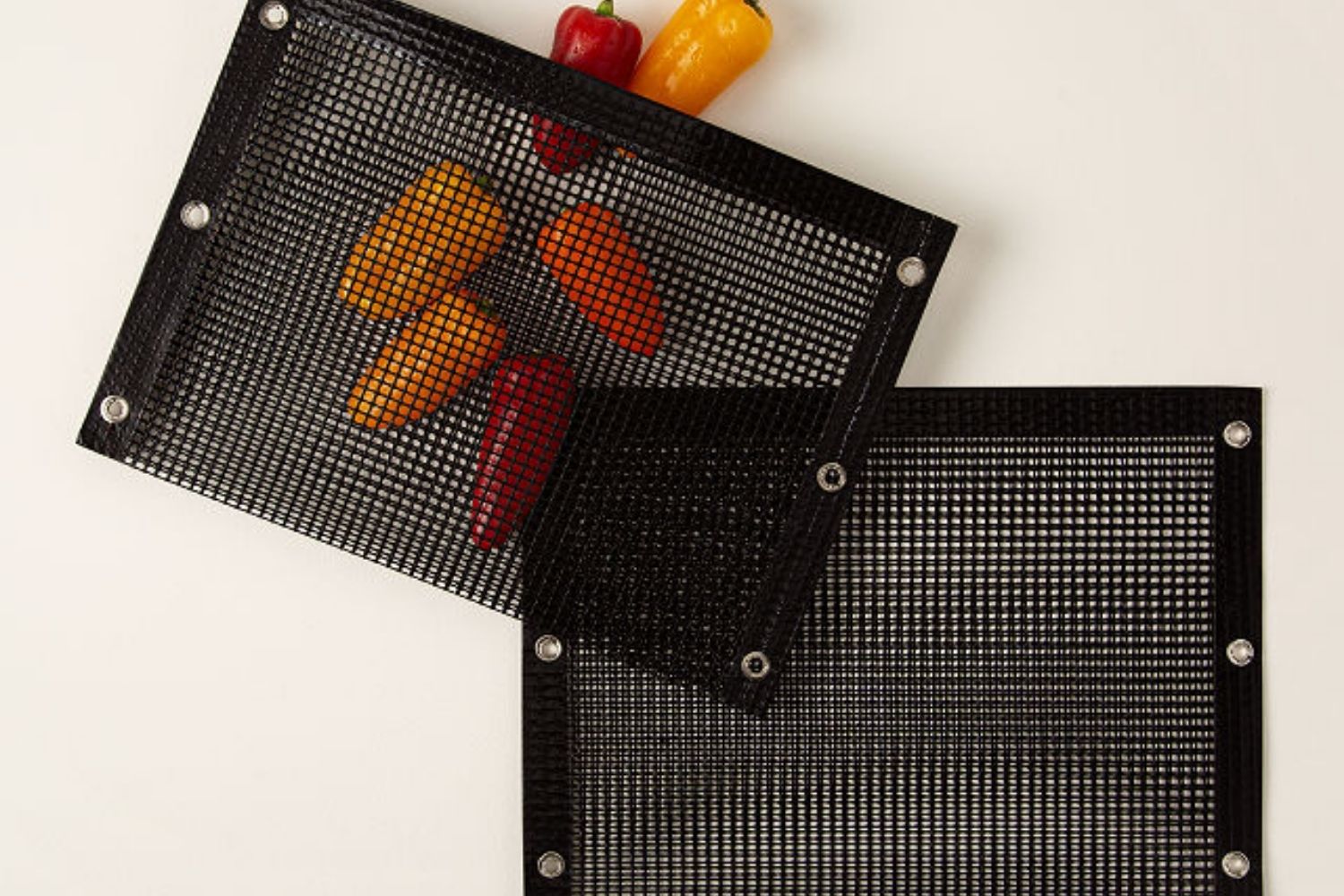
Grilling vegetables can be fraught with mishaps. Vegetables and small foods like shrimp and tofu have a way of slipping right through the grill racks, only to be covered in soot. Solve this grilling problem with these mesh grill bags that can hold vegetable slices, tofu, and any other smaller food items that grillers would rather eat than drop.
Get the Mesh Grill Bags from Uncommon Goods for $22
9. “Project Smoke” by Steven Raichlen
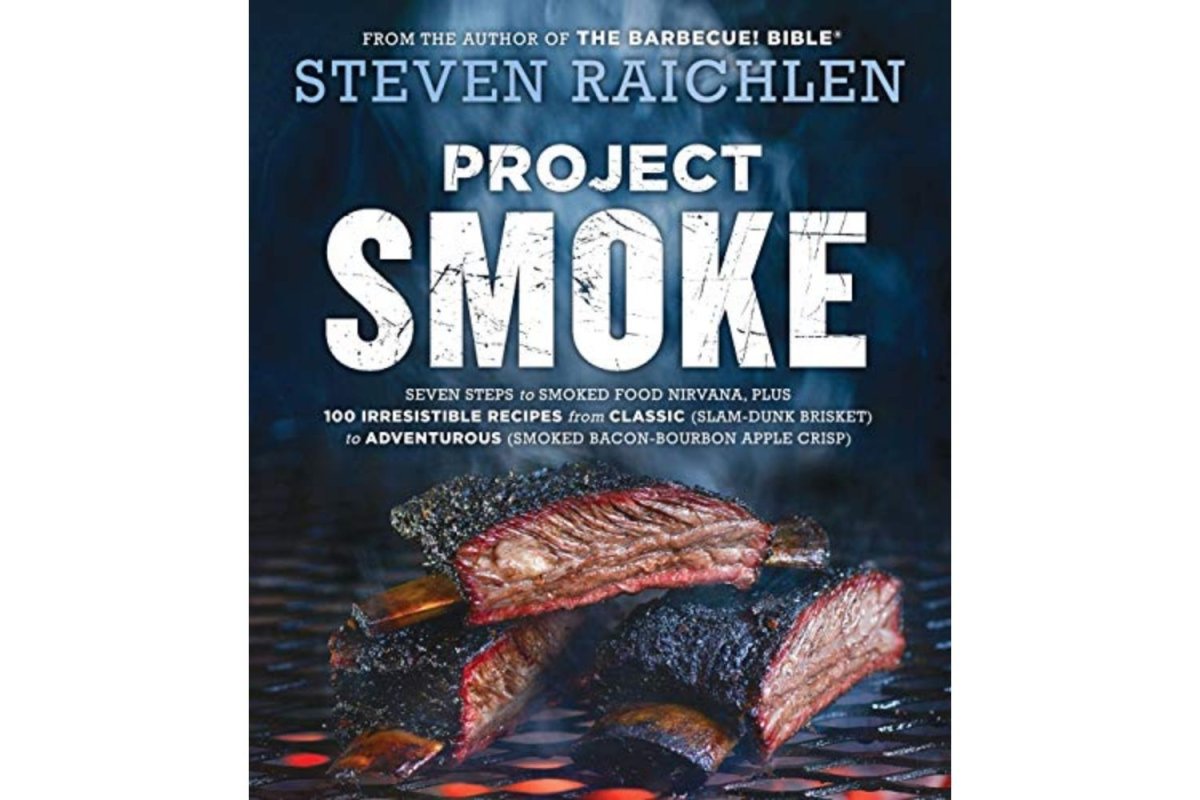
For avid meat smokers, Steven Raichlen’s “Project Smoke” is a must-have. His book teaches how to successfully grill different cuts of meat and make mouthwatering marinades, sauces, rubs, and recipes from around the world. It’s perfect for both beginner and experienced smokers who want to learn about different grills, smokers, fuel sources, and techniques.
Get “Project Smoke” by Steven Raichlen on Amazon for $21.06
Gifts $25 to $50
10. Grill Masters Club Experience Subscription
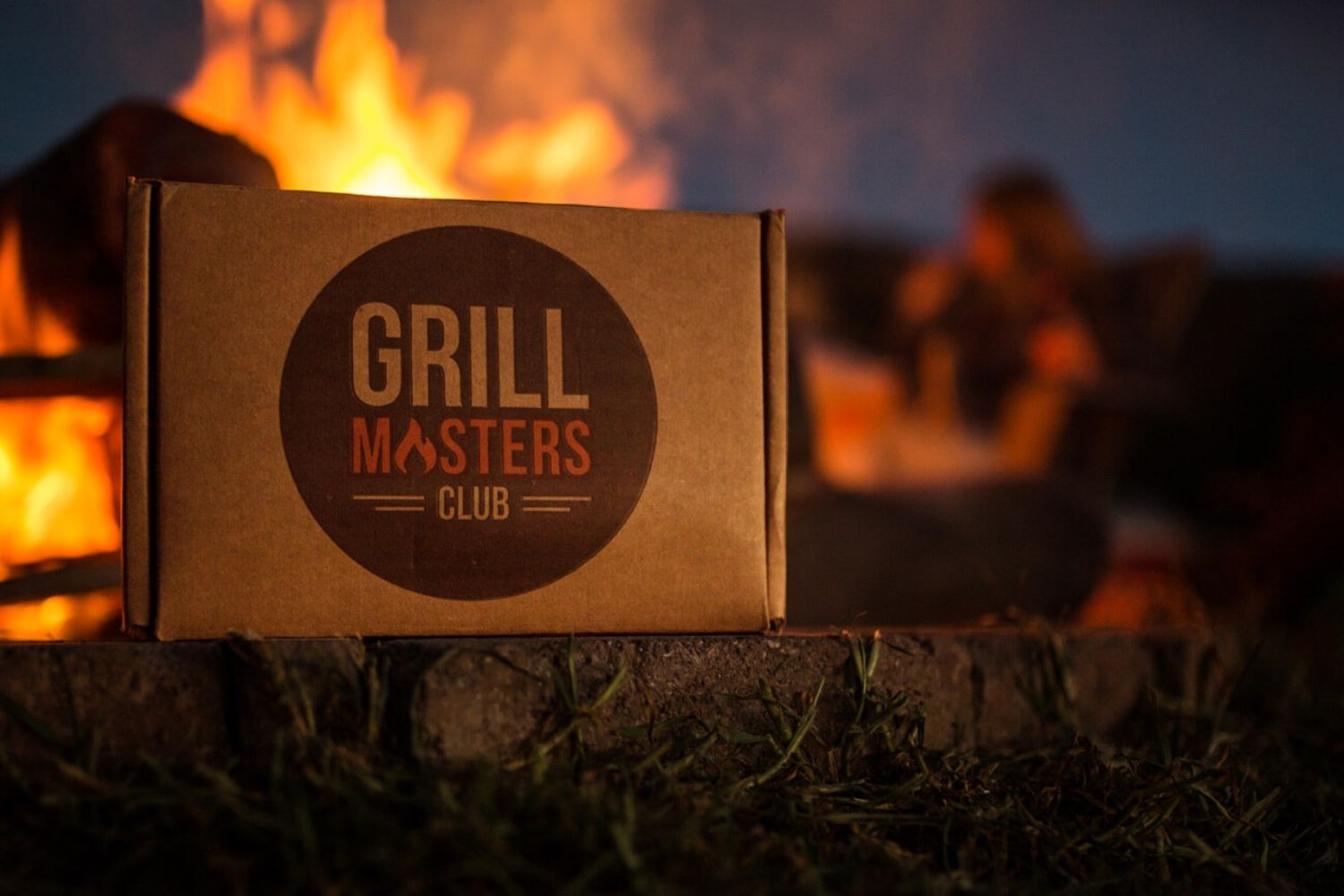
Sometimes it’s hard to come up with a truly original grilling gift. If that’s the case, opt to give the gift of a couple months of a Grill Masters Club Experience subscription. It’s a popular club of members who eat, sleep, and breathe grilling and smoking meats. Members share and test recipes and tips, but best of all, a shipment of barbecue sauces, rubs, fuel, surprise accessories, and recipes is sent to each griller every month. Since it’s a gift, there are non-renewing options in the cart so you can offer access for as many months as you want to purchase.
Get the Grill Masters Club Experience Subscription from The Grill Masters Club starting at $31.99
11. OXO Good Grips Basting Pot and Brush
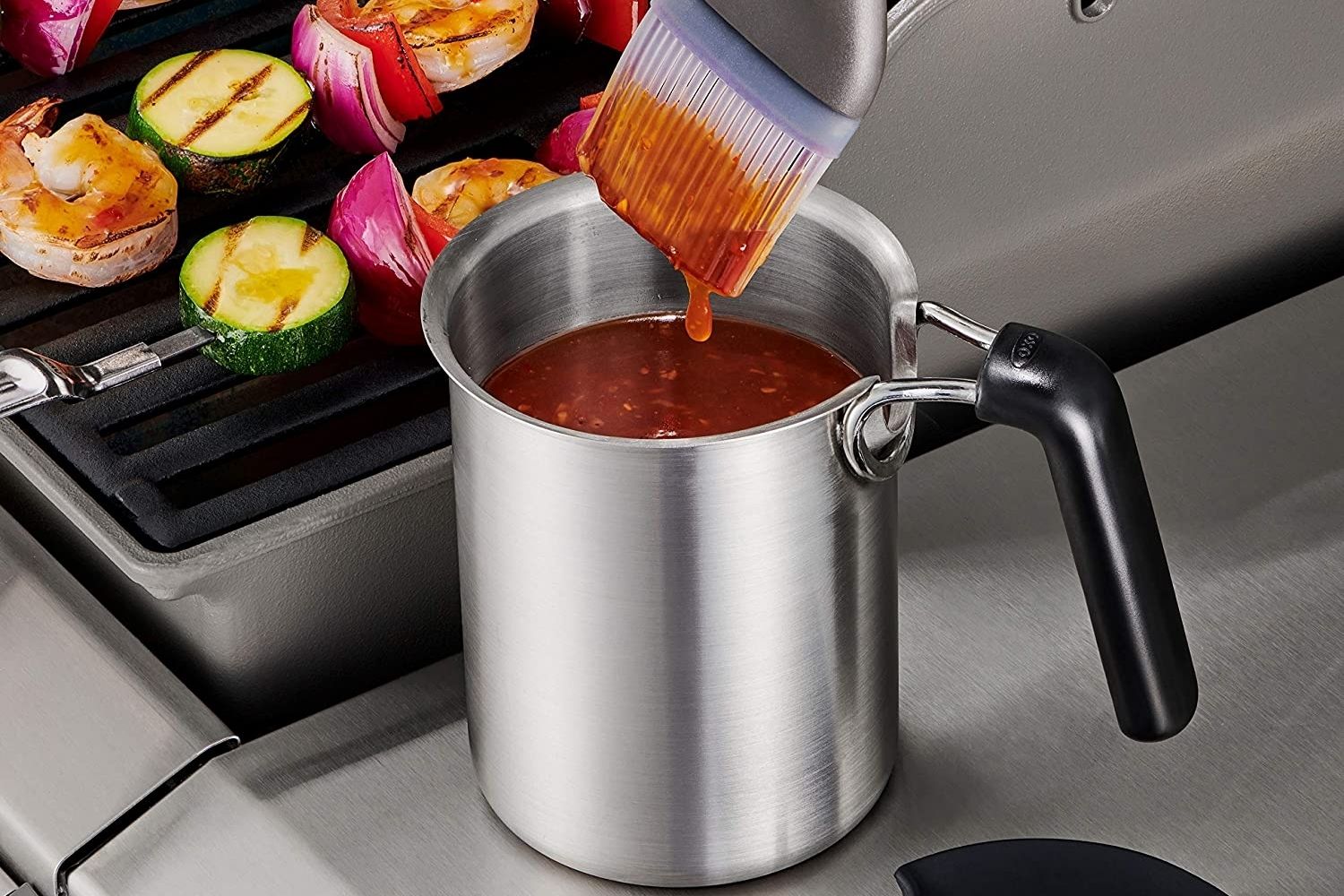
For grillers and smokers who love to tenderly baste their prized meat throughout the day, then take a look at this basting pot and brush. It’s taller than a bowl, so the basting brush can sit in it without tipping the pot over. And even if it does tip, it has a lid with a notch for the brush, so you can retrieve it before the basting sauce is lost. We also like the handle that could double as a hook on some barbecues.
Get the OXO Basting Pot and Brush on Amazon for $27.99
12. Grill Heat Aid BBQ Gloves
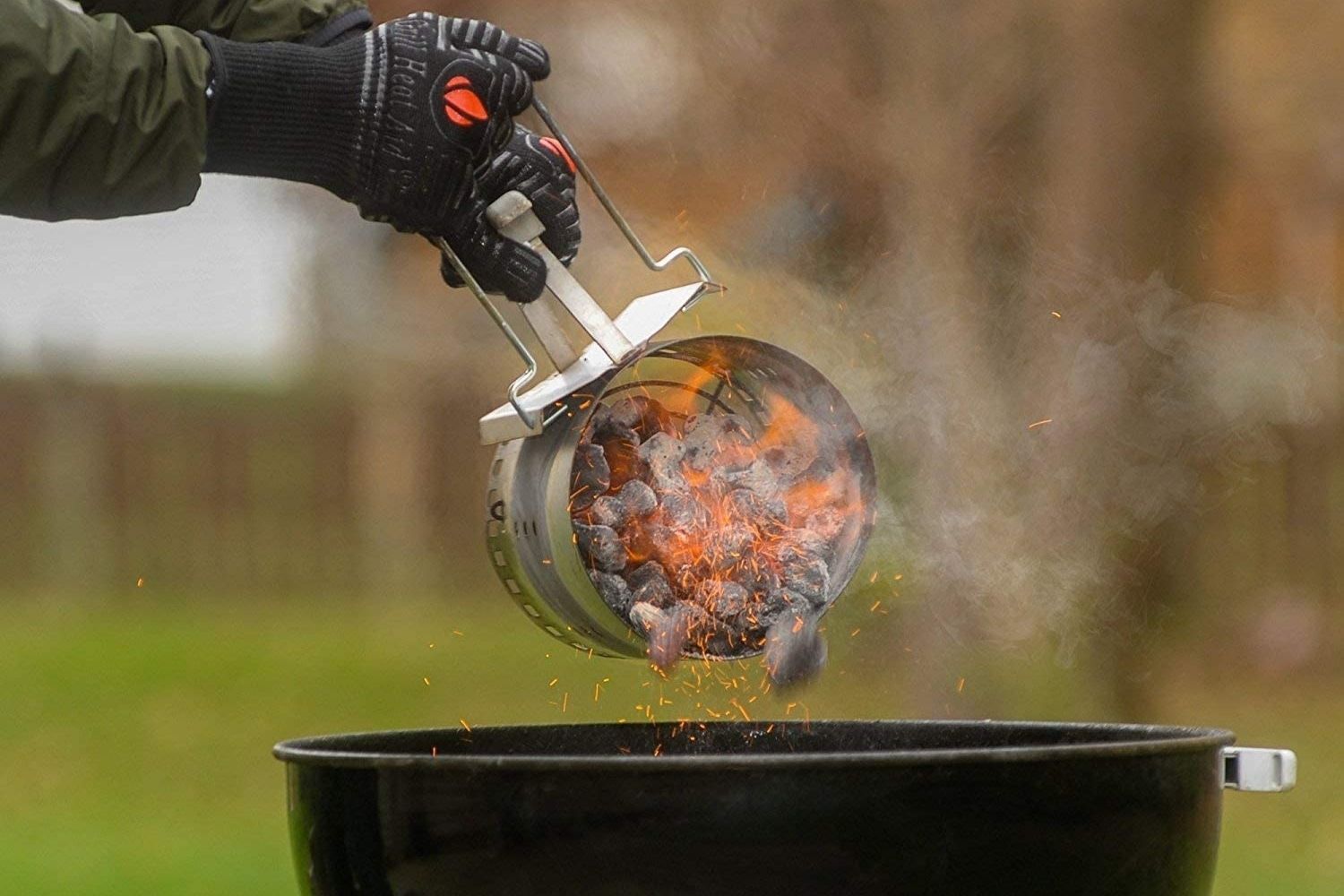
Though many meat smokers and grillers wouldn’t admit it, a pair of heat-resistant BBQ gloves would be really helpful sometimes. They’re ideal for handling hot meat or pans or when working over some serious flames. As a bonus, grillers can also use these gloves for other heavy-duty work around the yard or shop since they are also cut resistant. A pair is a great all-around accessory for use around the home.
Get the Grill Heat Aid BBQ Gloves on Amazon for $37.99
Find more of our favorites in our Best BBQ Gloves guide.
13. Jealous Devil Lump Charcoal
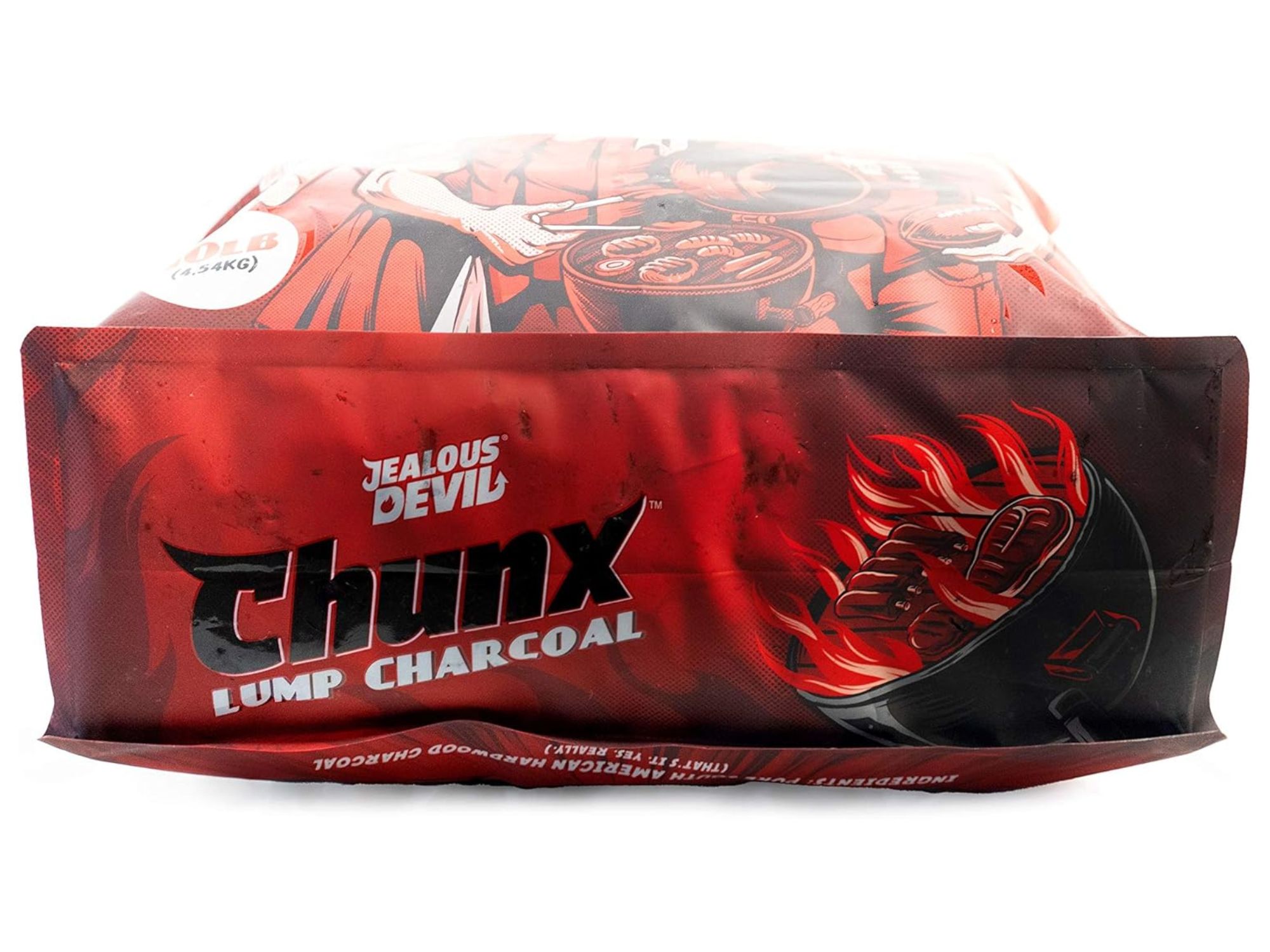
The taste of charcoal grilled steaks is hard to beat, but to get the most out of your grill, it’s necessary to use a top quality charcoal, such as this bag of all natural hardwood lump charcoal by Jealous Devil. The charcoal is available in a variety of sizes to suit your grilling needs, and offers an intense smoky aroma and strong flavors to enhance your favorite meals.
What our tester says: “This premium charcoal product uses quebracho blanco, a South American wood known as the ax breaker—which explains why it’s so good for grilling. As one of the densest hardwoods in the world, quebracho blanco has the ability to reach extreme heat and maintain extended burn times.”—Tony Carrick, Product Reviews tester and writer
Get the Jealous Devil Lump Charcoal for $26.90
Learn how we tested and reviewed more top picks in our Best Charcoal guide.
14. Himalayan Salt BBQ Plank
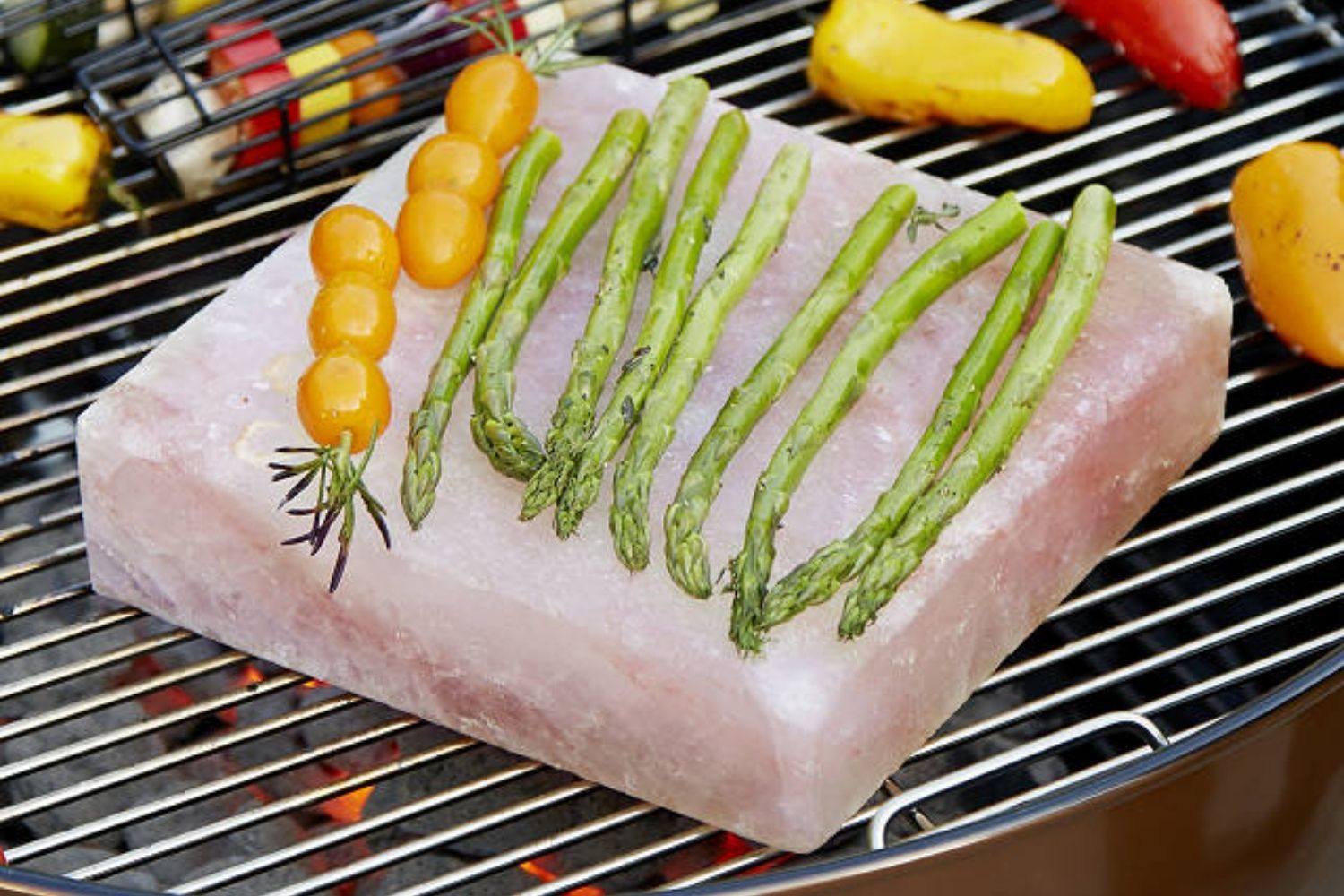
You’ve heard of cedar planks for grilling fish, but what about a Himalayan salt barbecue plank? Perhaps the grilling enthusiast in your life hasn’t heard of it either. Wow them with this stunning plank of Himalayan salt; grilling meat on the plank enhances flavor better than traditional cooking. Since salt is such a stable element, your giftee can also chill this plank to serve sushi as a flashy way to impress guests.
Get the Himalayan Salt BBQ Plank from Uncommon Goods for $30
15. Kerye Premium Knife Sharpening Stone Kit
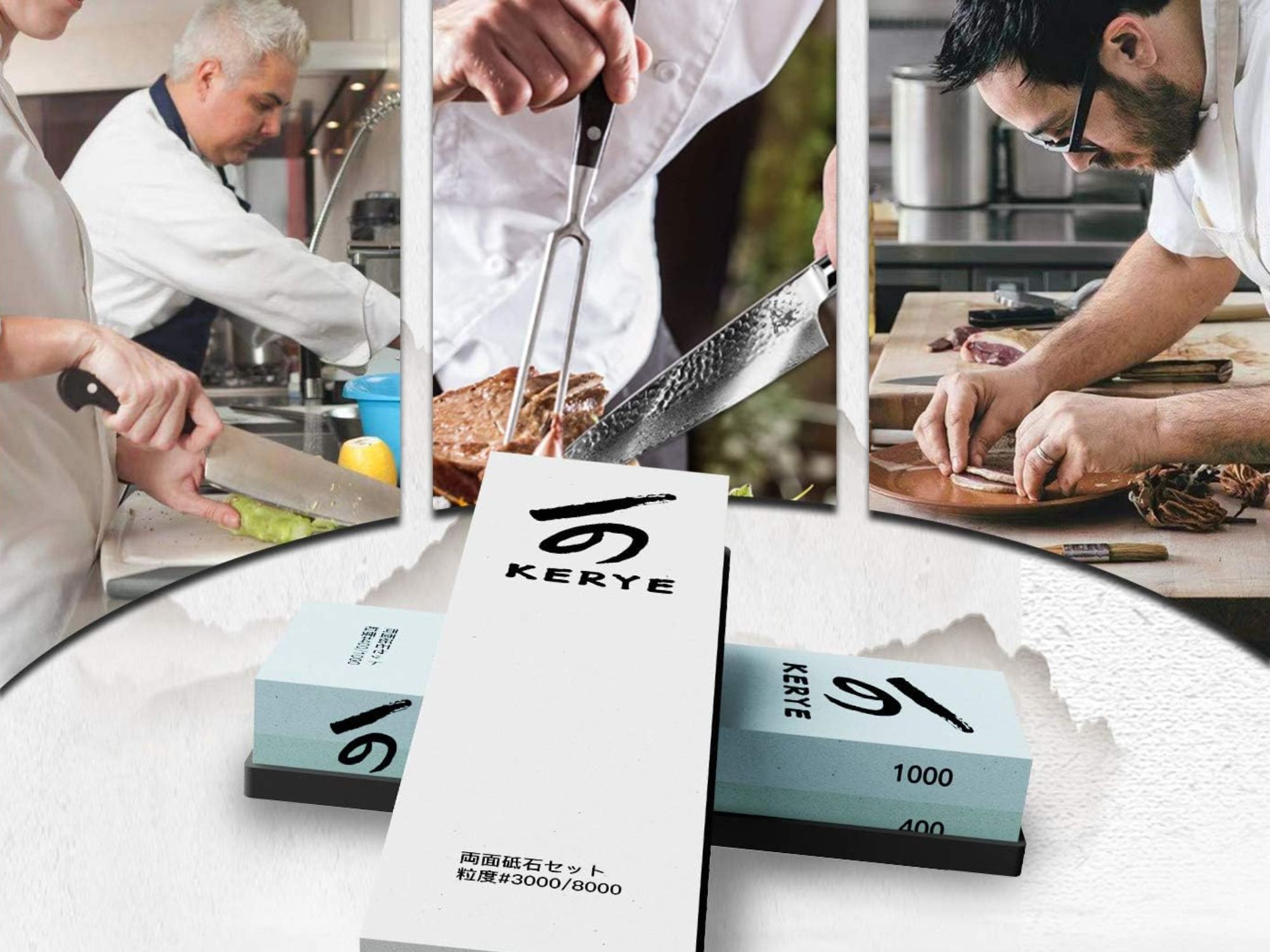
Grillers should keep their tools clean and their knives sharp to avoid struggling to slice through cuts of beef and pork. With this Kerye knife sharpening stone kit, grill masters get cut-resistant gloves, a leather strop, a flattening stone, a nonskid base, and two dual-grit waterstones for maintaining their knives. This kit also comes with a knife guide to help beginners hold the correct angle for sharpening to get the best results possible.
What our tester says: “Our tests found the Kerye sharpening kit to offer the most efficient combination of grits for all-around sharpening needs. We used all four surfaces on each blade and progressed faster than all the competitors in our lineup, except for the diamond stones we tested.”—Mark Wolfe, Product Reviews tester and writer
Get the Kerye Premium Knife Sharpening Stone Kit on Amazon for $32.84
Learn how we tested and reviewed more top picks in our Best Sharpening Stones guide.
16. Kamenstein 16-Jar Spice Rack
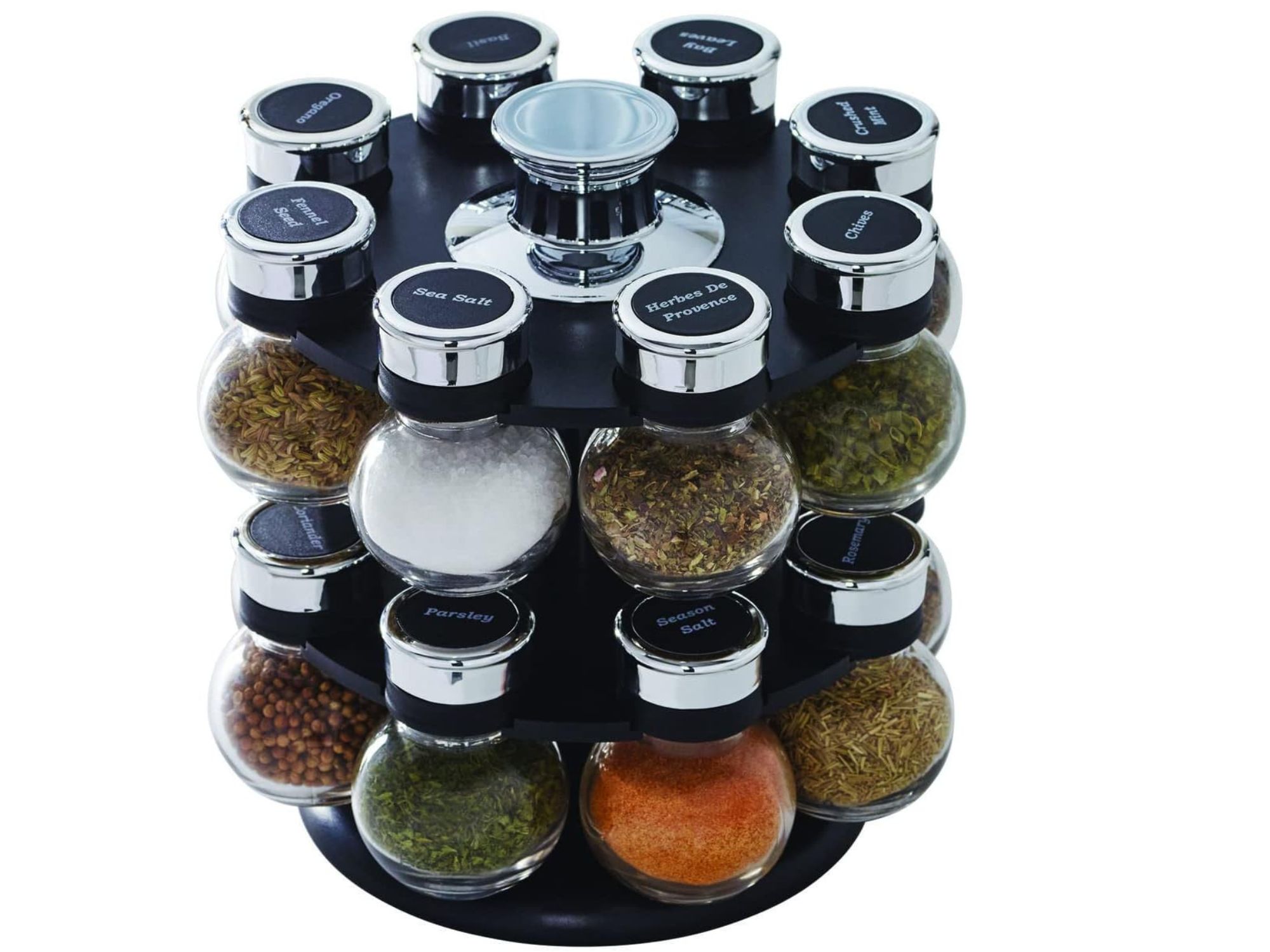
Spices and herbs give grill masters the freedom to try out different flavors with their favorite cuts of beef or pork, but the more flavors there are to try, the harder it is to keep the spices organized. That’s where this Kamenstein 16-jar spice rack comes to the rescue, with two rotating levels that make it easy to store a host of flavors. The spice rack even comes pre-filled with bay leaves, basil, parsley, oregano, and more, as well as five years’ worth of free spice refills.
Get the Kamenstein 16-Jar Spice Rack on Amazon for $38.17
17. Inkbird Digital Meat Thermometer
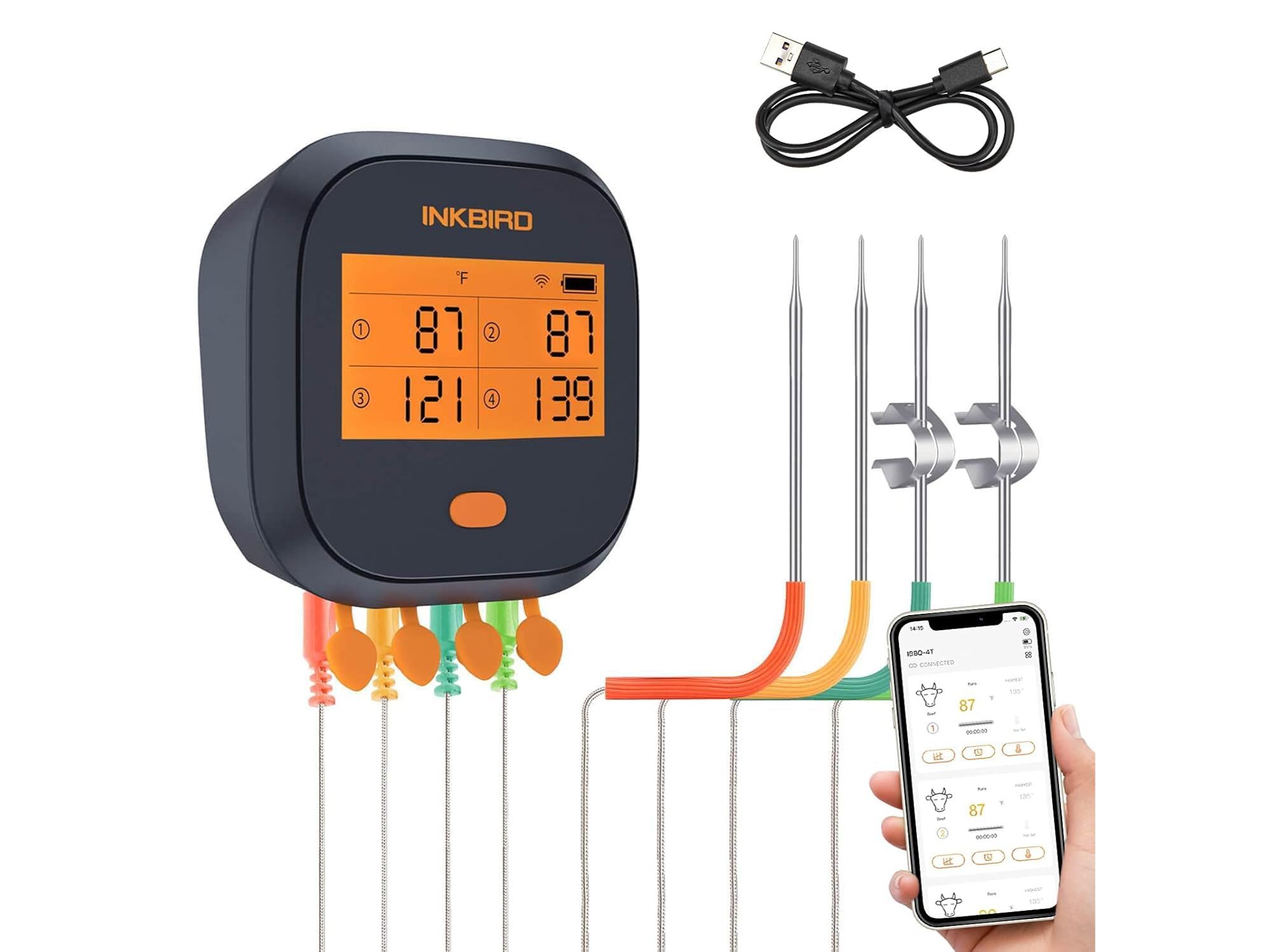
No two grills or smokers are the same, and sometimes the built-in thermometers give sketchy readings at best. This digital meat thermometer solves the guessing game for meat grillers. With four probes, four meats can be monitored at the same time with the readings clearly visible on the large digital display. Gift recipients will be able to use preset cooking temperature alerts or customize for their needs.
What our tester says: “The temperature-tracking technology of the Inkbird Grill Thermometer keeps a record of the temperature fluctuations throughout a grill that can be downloaded to a smartphone or tablet through the Inkbird Pro app.”—Jen Karetnick, Product Reviews tester and writer
Get the Inkbird Digital Meat Thermometer on Amazon for $69.99
Learn more about how we tested and reviewed Best Grill Thermometers guide.
18. Grillers Choice Griddle Accessories Set
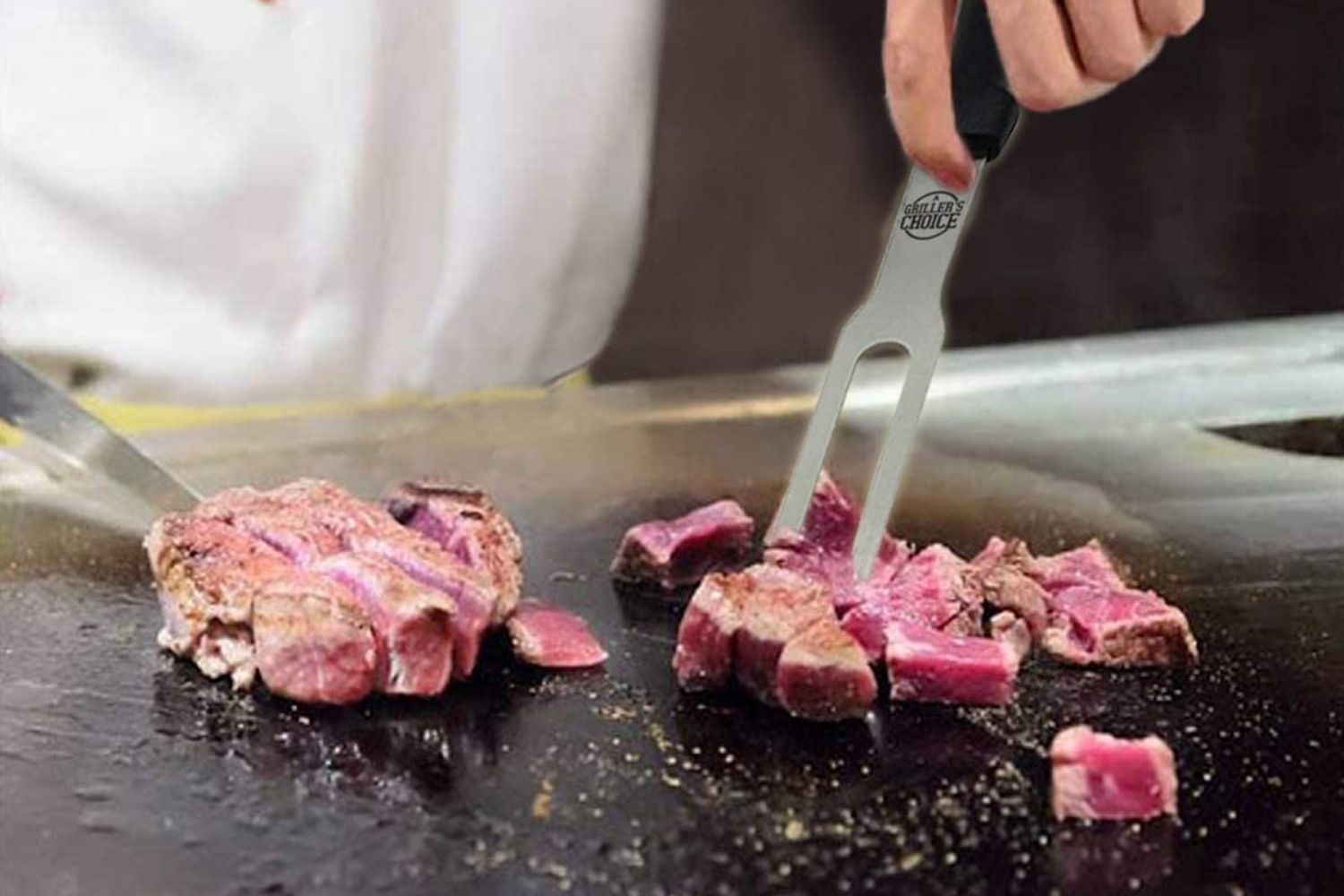
We usually think of grilling in terms of meats like brisket, lamb chops, salmon, or kabobs, but many grillers also love to use a griddle on the grill. It’s the easiest way to whip up a hearty breakfast, but the right tools are necessary to get the job done. This 16-piece set of griddle accessories can flip flapjacks, encircle eggs, and skewer steak. They’re ergonomically designed and made of stainless steel, so they’ll last for quite a while.
Get the Griddle Accessories Set on Amazon for $39.85
Learn how we tested and reviewed more top picks in our Best Grill Tool Sets guide.
19. Carhartt Firm Duck Apron
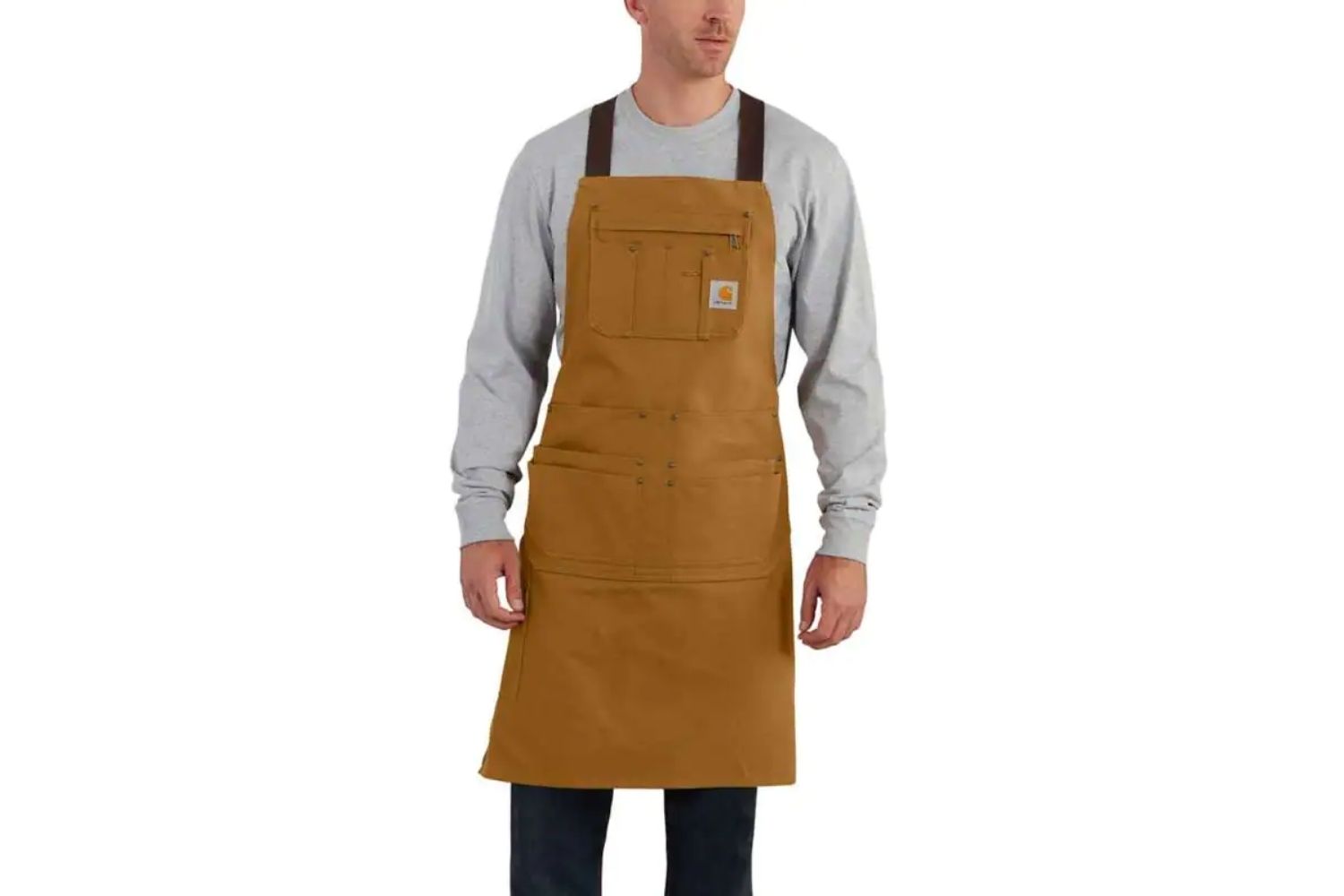
The Carhartt cotton duck apron can hold up to just about any job that’s thrown at it. For long days over the pit, grill, or smoker, this tough apron can protect clothes that are otherwise ruined by grease. There are plenty of pockets for tools or seasonings grillers might need to carry with them, too.
Get the Carhartt Firm Duck Apron at Carhartt for $39.99
Gifts $50 to $100
20. Weber Spirit II Premium Grill Cover
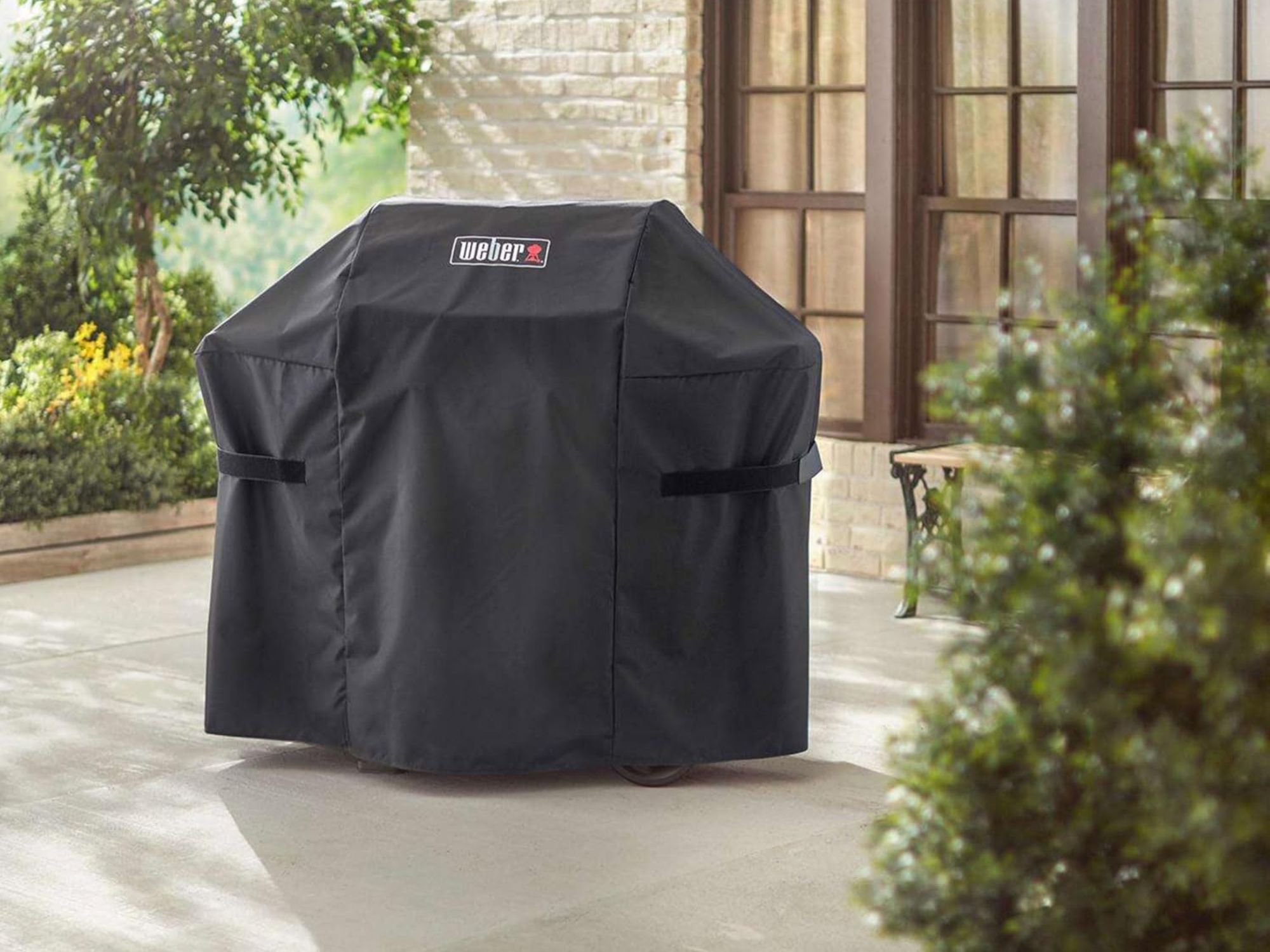
Keeping the grill protected from rain, wind, hail, and sleet is just as important as knowing how to grill up a delicious feast, which is why this premium grill cover by Weber is an essential item for any aspiring grill master. The durable material has a UV-protective coating that helps to prevent fading and uses a PVC-lined polyester fabric to keep the grill dry, even during a rainstorm.
What our tester says: “The Weber Spirit II Premium Grill Cover fits like a tailored dress shirt. The seams match up with the corners of the lid and outer edges of the side shelves, creating a contoured look with no baggy or rumpled areas.”—Tony Carrick, Product Reviews tester and writer
Get the Weber Spirit II Premium Grill Cover on Amazon for $78.49
See our Weber Spirit II Premium Grill Cover review.
21. ThermoPro TP20 Wireless Meat Thermometer
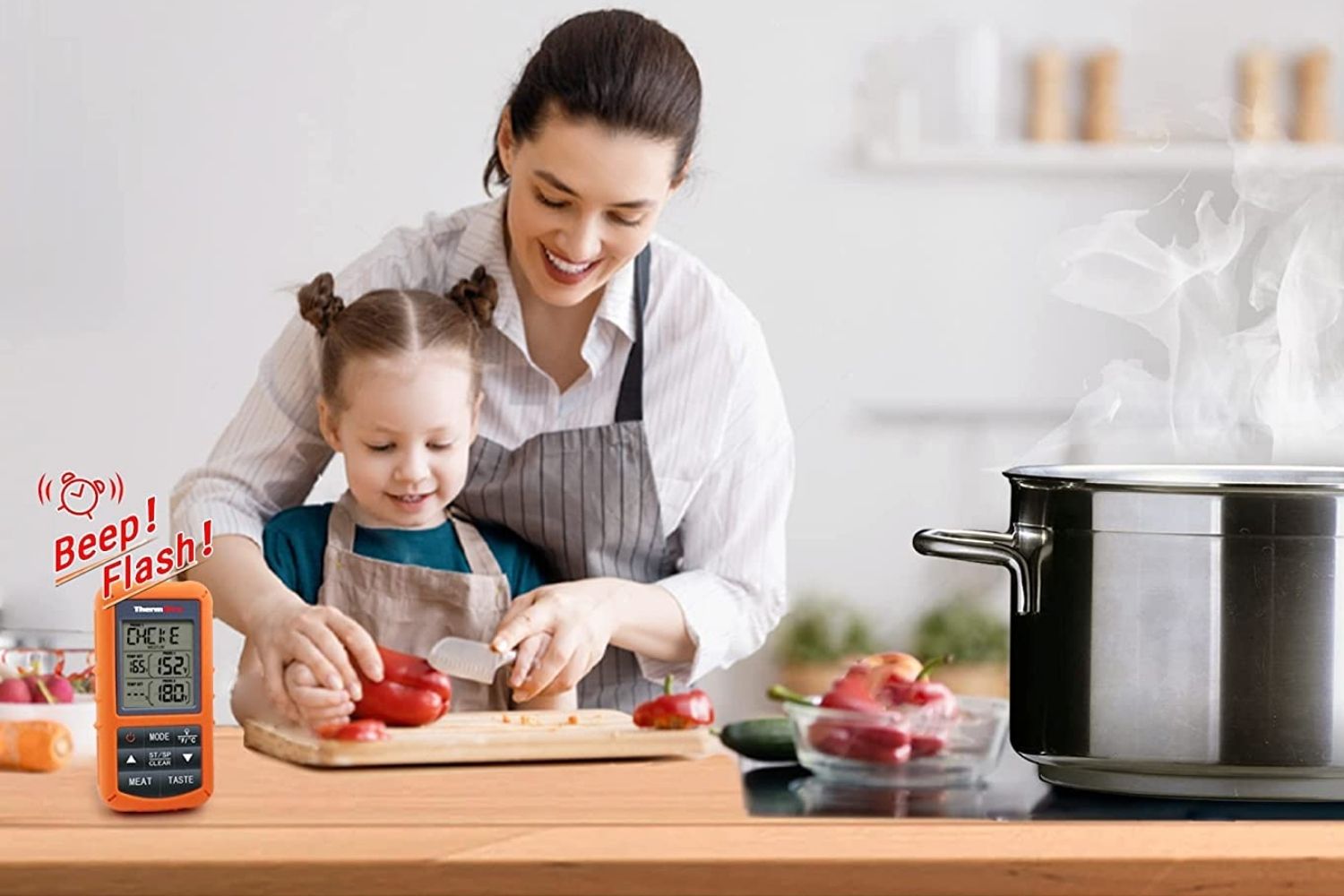
Do you know a griller who loves to use their outdoor grill or smoker but hates having to keep going outside to check the temperature? The ThermoPro TP20 wireless meat thermometer solves that problem. It has dual probes and two digital readers. The larger one can connect wirelessly to the probes up to 300 feet away. Your giftee can check their meat from the comfort of their home before venturing outside.
What our tester says: “For those new to probe thermometers, the ThermoPro TP20 is one of the easier thermometers to use. There’s no app to download, which means your phone can stay away from what is often a greasy or heated situation when you’re grilling or roasting.”—Jen Karetnick, Product Reviews tester and writer
Get the ThermaPro Wireless Meat Thermometer on Amazon for $44.99
Learn more about how we tested and reviews more top picks in our Best Wireless Meat Thermometers guide.
Read the Full Review: ThermoPro TP20 Review
22. Cuisinart Deluxe Grill Set, 20-Piece
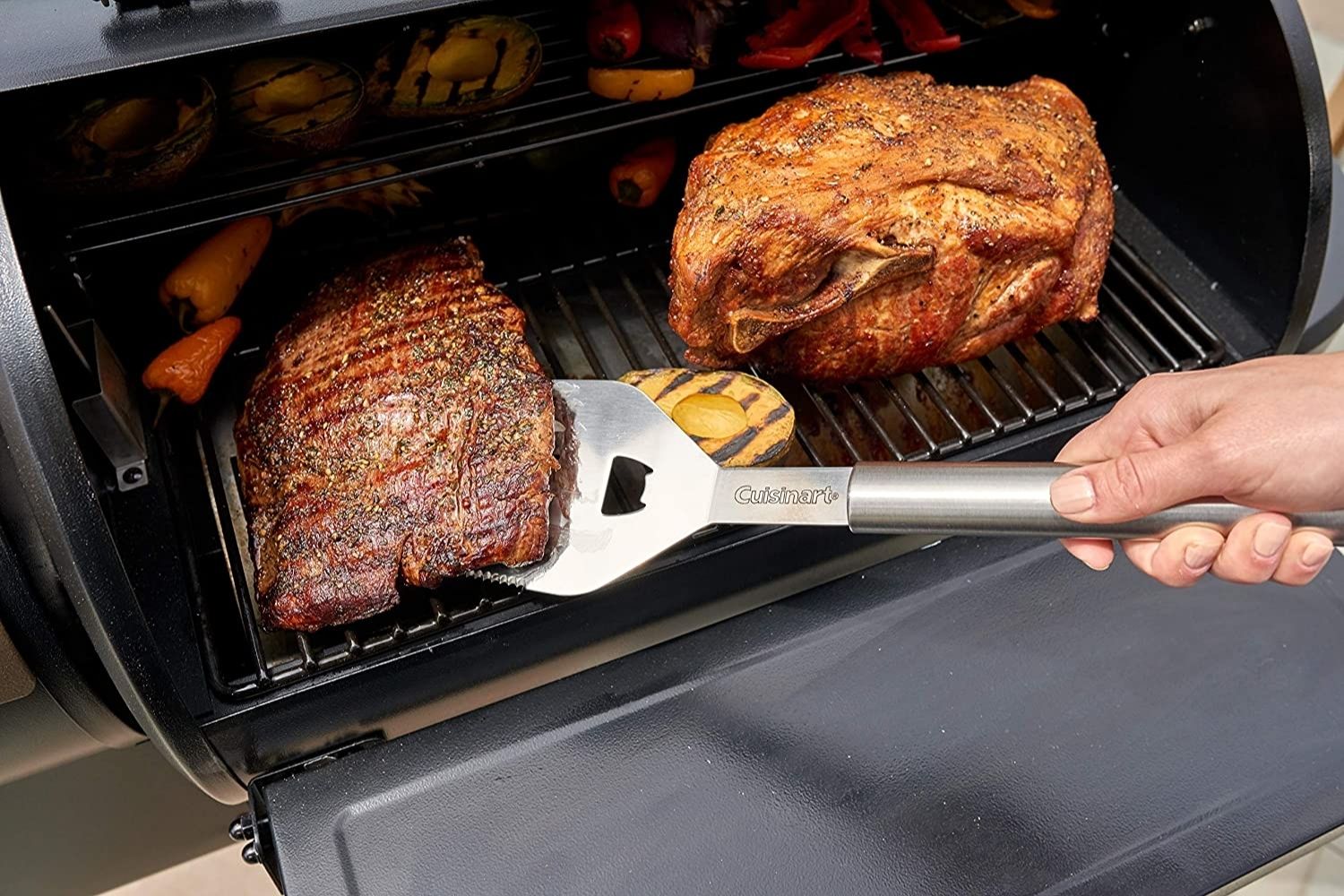
Cuisinart is known for top-notch kitchen accessories, and this deluxe grill set is no exception. Included in this super-handy case is just about every grilling tool needed: spatula, tongs, digital thermometer, barbecue fork, basting brush, corn holders, skewers, and a cleaning brush. It’s the perfect set for someone who just got their first grill, needs an upgrade, or needs a convenient way to take their grilling tools to the campsite or tailgate party.
Get the Cuisinart Deluxe Grill Set on Amazon for $39.99
Find more of our favorite picks in the Best Grill Tool Sets.
23. Looft Lighter Electric Fire and Charcoal Starter
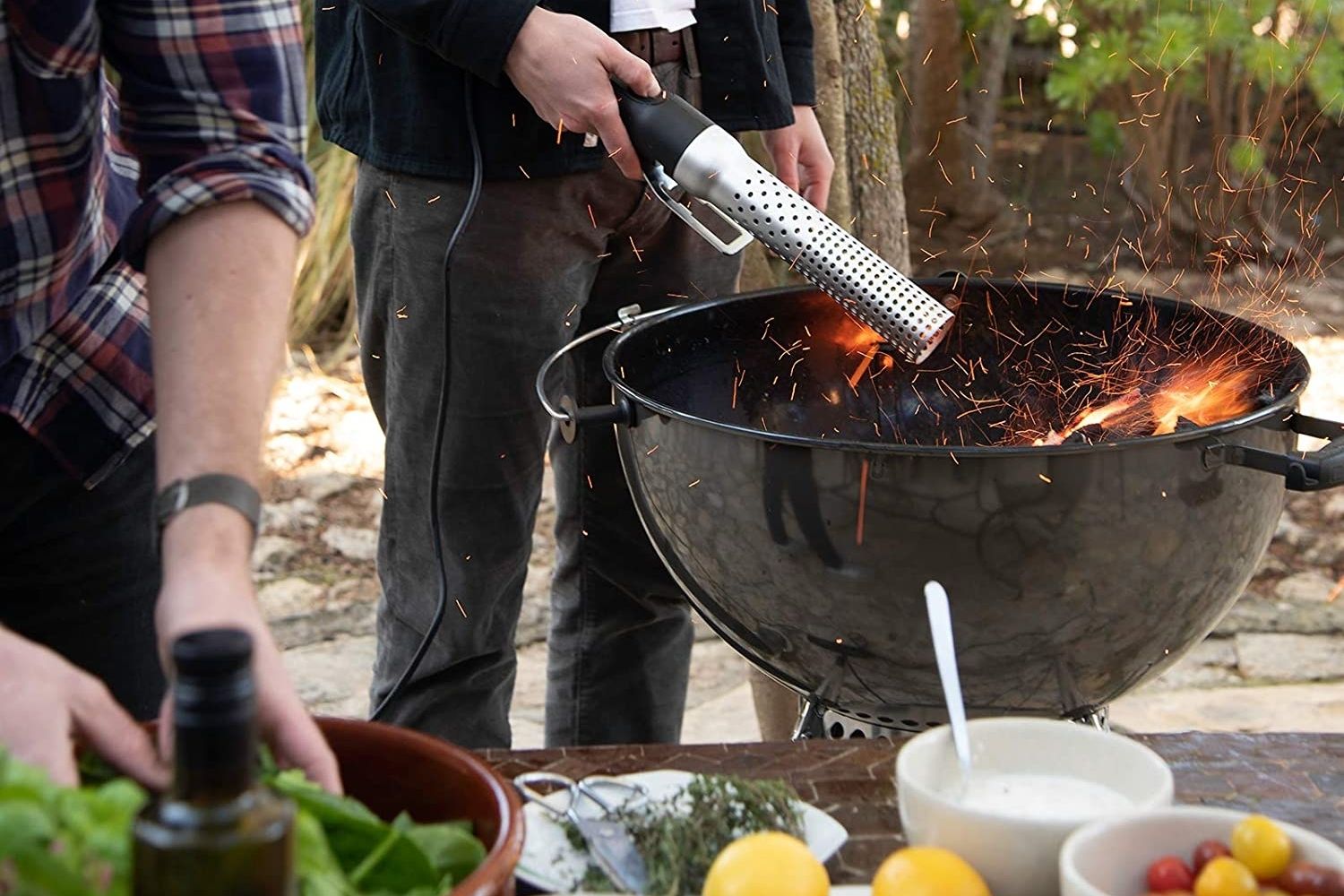
Grillers who prefer to use charcoal know it can be a bit of a challenge to light little briquettes. Help make the job easier with this clever electric fire and charcoal starter. It’s powerful enough to produce temperatures that reach a scorching 1,100 degrees Fahrenheit, which means the charcoal or wood fire lights in less than 60 seconds. Thankfully, the casing cools quickly after use, so it’s safe to set it down soon afterward.
Get the Looft Lighter Electric Fire and Charcoal Starter on Amazon for $60.75
24. Truff Hot Sauce Variety Pack
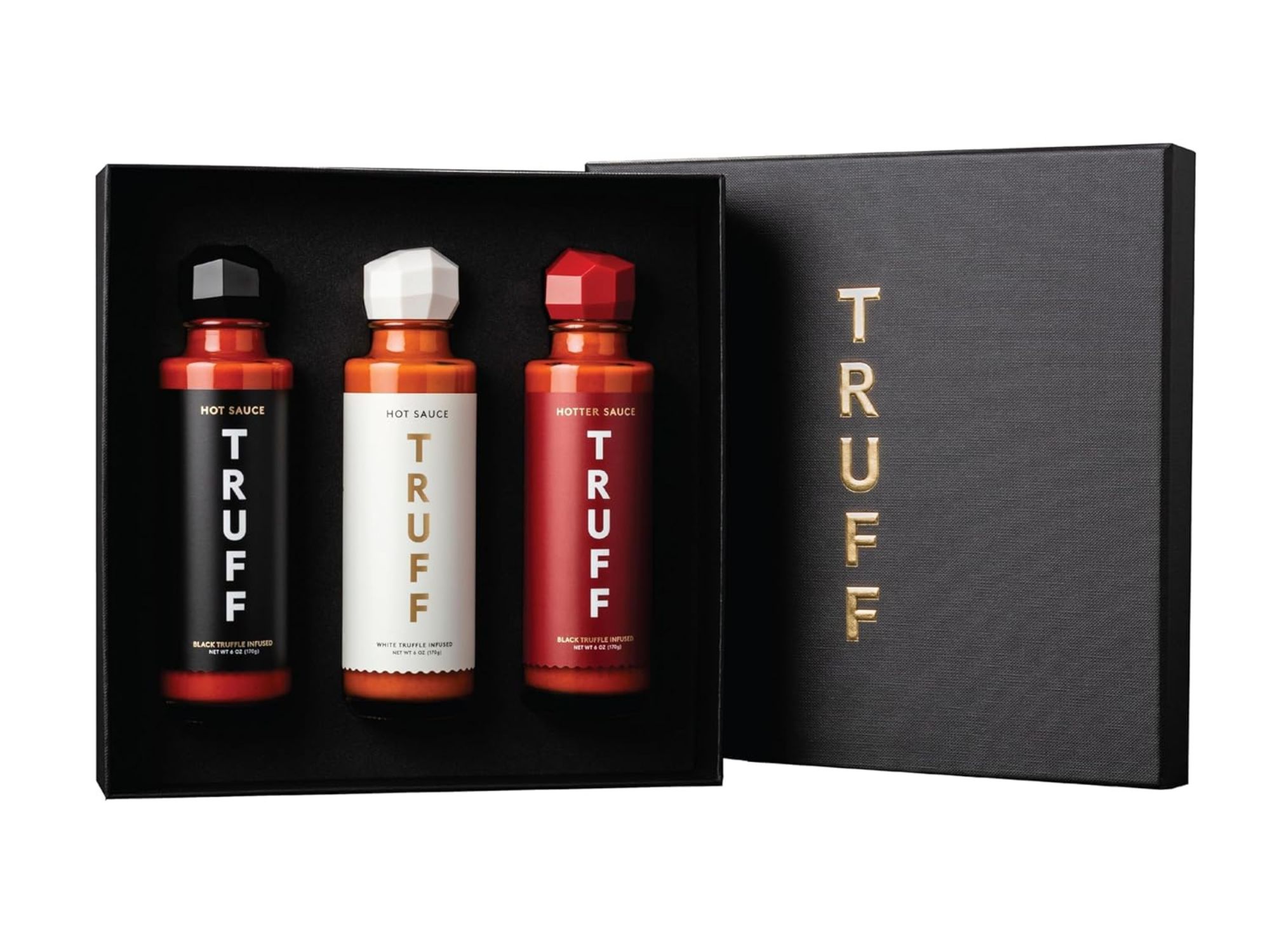
Add a little extra flavor to steak, ribs, pork chops, and more with this hot sauce variety pack by Truff. Each sauce uses high-end ingredients to challenge the taste buds, including white truffle, ripe red chili peppers, and agave nectar. The variety pack comes with Truff’s Original Hot Sauce, White Hot Sauce, and Hotter Hot Sauce, giving the griller in your household the chance to experiment with a range of flavors.
Get the Truff Hot Sauce Variety Pack at Truff for $67.99
Gifts $100 to $250
25. Grillbot Automatic Grill Cleaning Robot
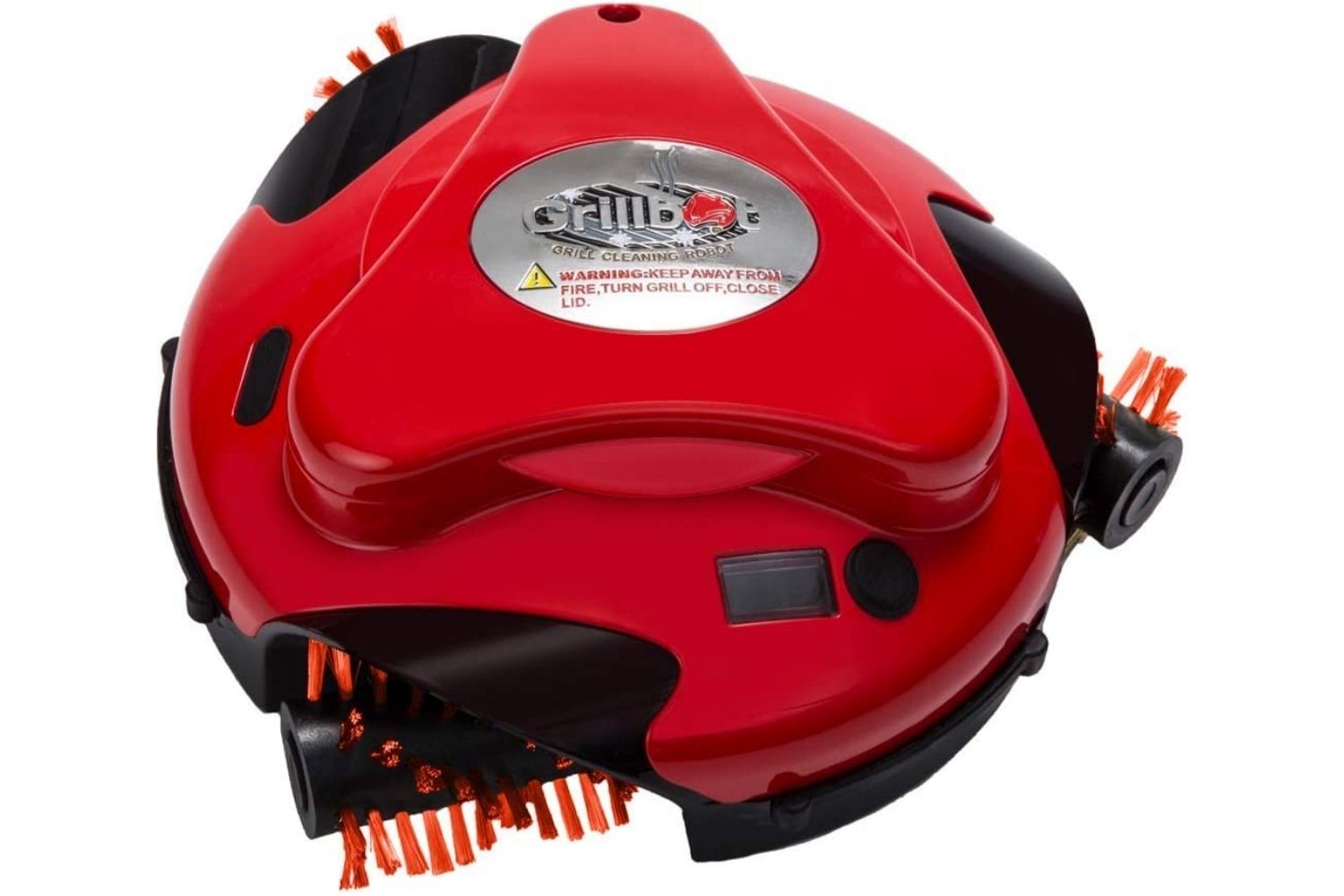
Grills are hard to clean, but the Grillbot Automatic Grill Cleaning Robot can make a tough job easier. Your giftee can set it and forget it, then reap the rewards of shiny, clean grill racks. It’s durable enough to work whether the grill is hot or cold, which is quite convenient.
Get the Grillbot Grill Cleaning Robot on Amazon for $138.95
26. Norton Multi-Oilstone Sharpening System
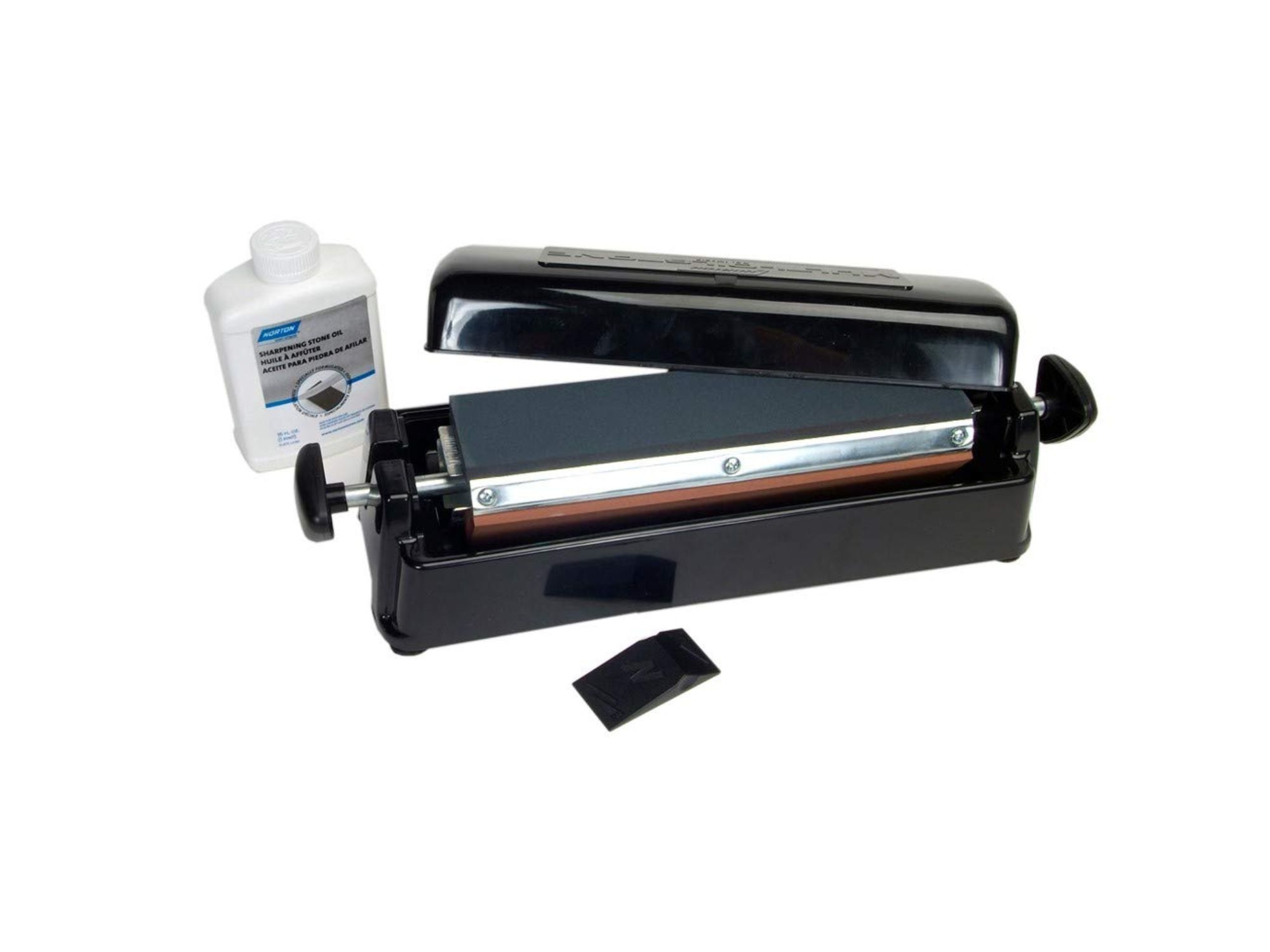
Sharpen neglected blades and touch up kitchen knives to get the cleanest cuts when preparing food for the grill with the Norton Multi-Oilstone Sharpening System. This kit comes with 2 ½-inch by 11 ½-inch replaceable sharpening stones that make it ideal for working with larger blades. Grillers also get a 16-ounce bottle of food-safe sharpening-stone oil and a heavy base with a nonskid bottom for easy sharpening and knife control.
What our tester says: “With three large sharpening stones always at the ready, this system makes it convenient to touch up kitchen knives quickly and as needed. No need to unpack a kit from storage or soak stones in water ahead of time.”—Mark Wolfe, Product Reviews tester and writer
Get the Norton Multi-Oilstone Sharpening System on Amazon for $216.85
27. Dalstrong Butcher-Breaking Cimitar Knife
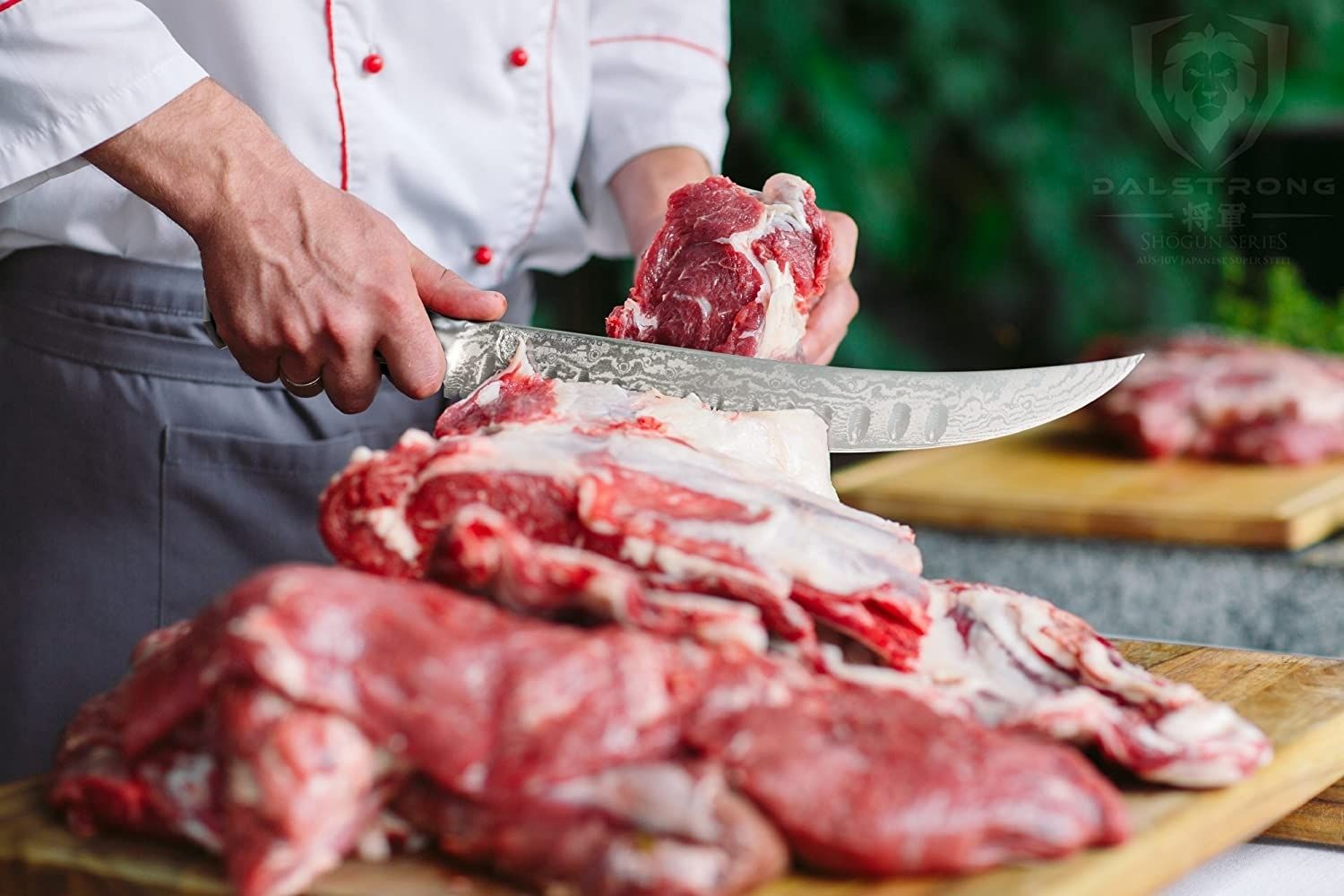
Serious meat grillers may also be serious butchers. If that’s the case for the griller in your life, then they’ll appreciate this Dalstrong Butcher-Breaking Cimitar Knife. It’s 10 inches of pure slicing power that gets through flesh, cartilage, and fat with ease. This knife’s ability and quality are sure to impress them.
Get the Dalstrong Cimitar Knife on Amazon for $169
28. Ninja Foodi 5-in-1 Indoor Grill with Air Fryer
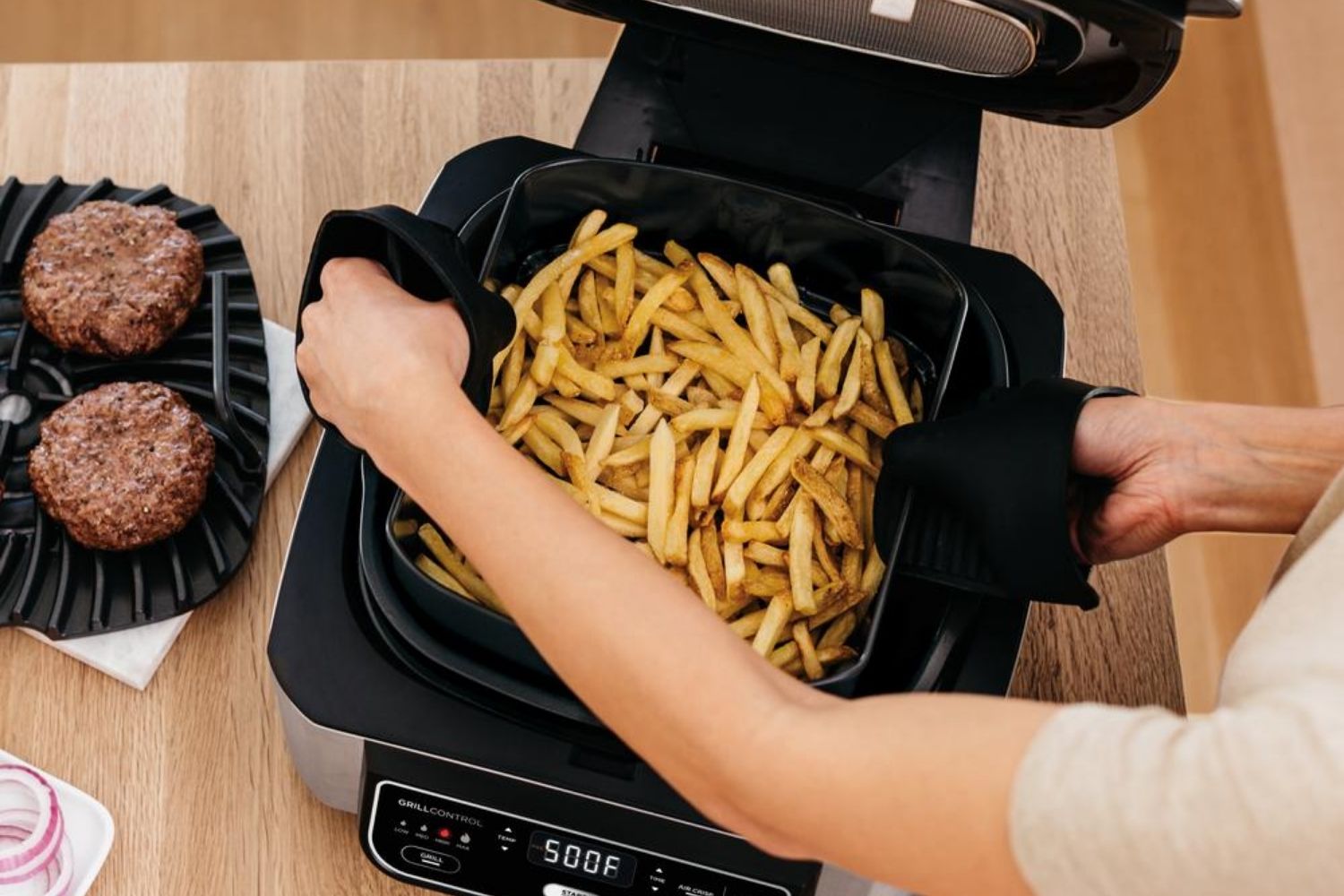
Sometimes it’s just too cold to grill outside, or you don’t want to heat up a large grill for a small piece of meat. Either way, the Ninja Foodi 5-in1 Indoor Grill with Air Fryer is the perfect gift for someone who appreciates combination kitchen appliances. This nifty appliance can grill, roast, fry, bake, or dehydrate just about anything. And since it includes smoke control technology, your giftee doesn’t have to worry about the house filling with smoke either.
Get the Ninja Indoor Grill with Air Fryer at Amazon for $169.99
Gifts $250 and Above
29. Weber Liquid Propane Grill
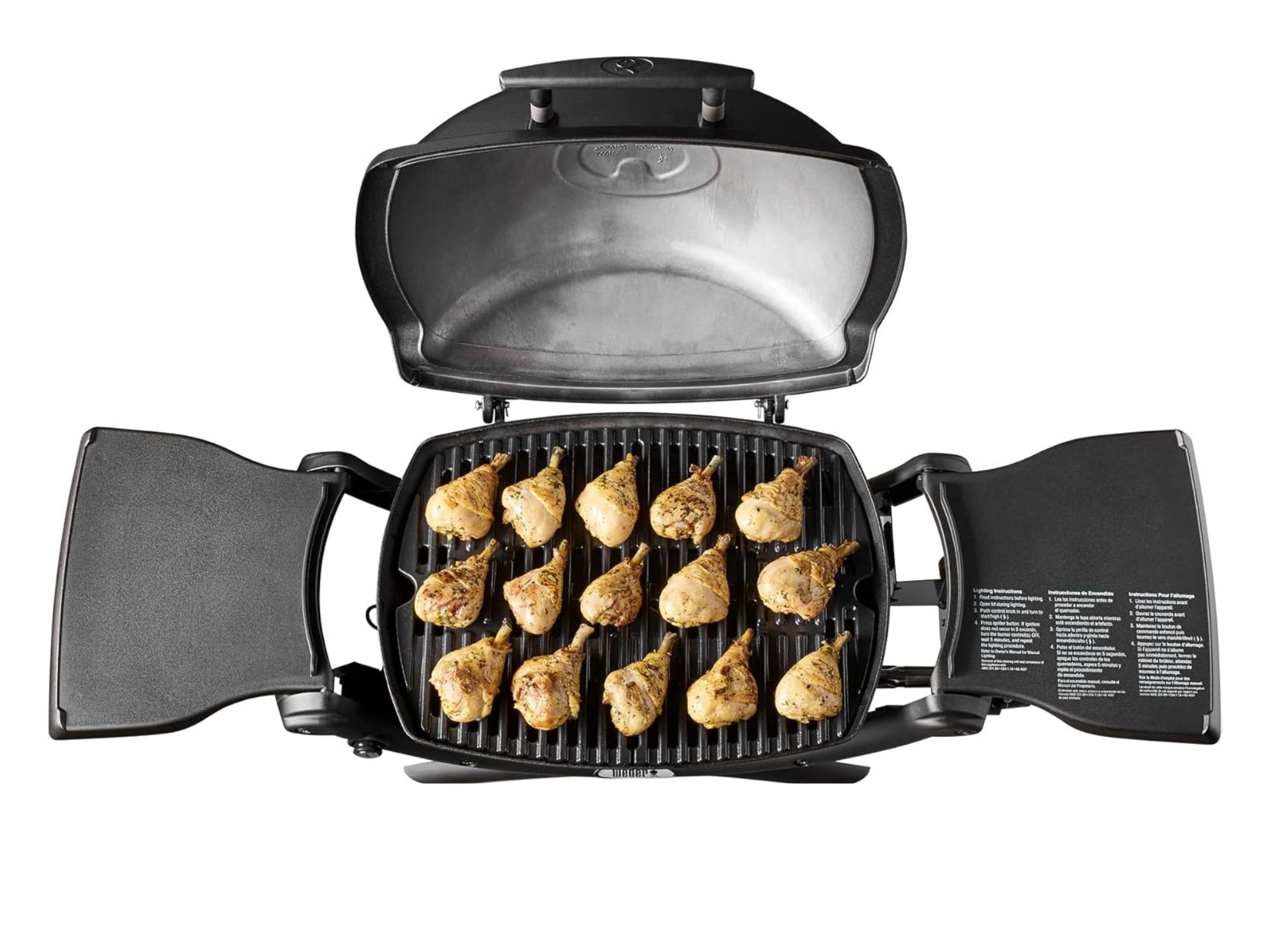
This portable grill is a great gift for a beginner or a grill master that likes to take their grilling skills on the road. The compact size makes it easy to transport, but despite the small size of the grill it provides even temperatures across the entire 189-square-inch cooking surface. Keep track of the internal heat while grilling delicious meals with the built-in thermometer and make use of the convenient folding tables on either side of the grill for easy prep and plating.
What our tester says: “We liked the grill’s consistent heating and thoughtful features. Our thermometer revealed even heating across its cooking surface, though there’s only one burner.”—Tony Carrick, Product Reviews tester and writer
Get the Weber Liquid Propane Grill on Amazon for $259.00
Learn about how we tested and reviewed more top picks in our Best Grills guide.
30. Dalstrong Knife Block Set
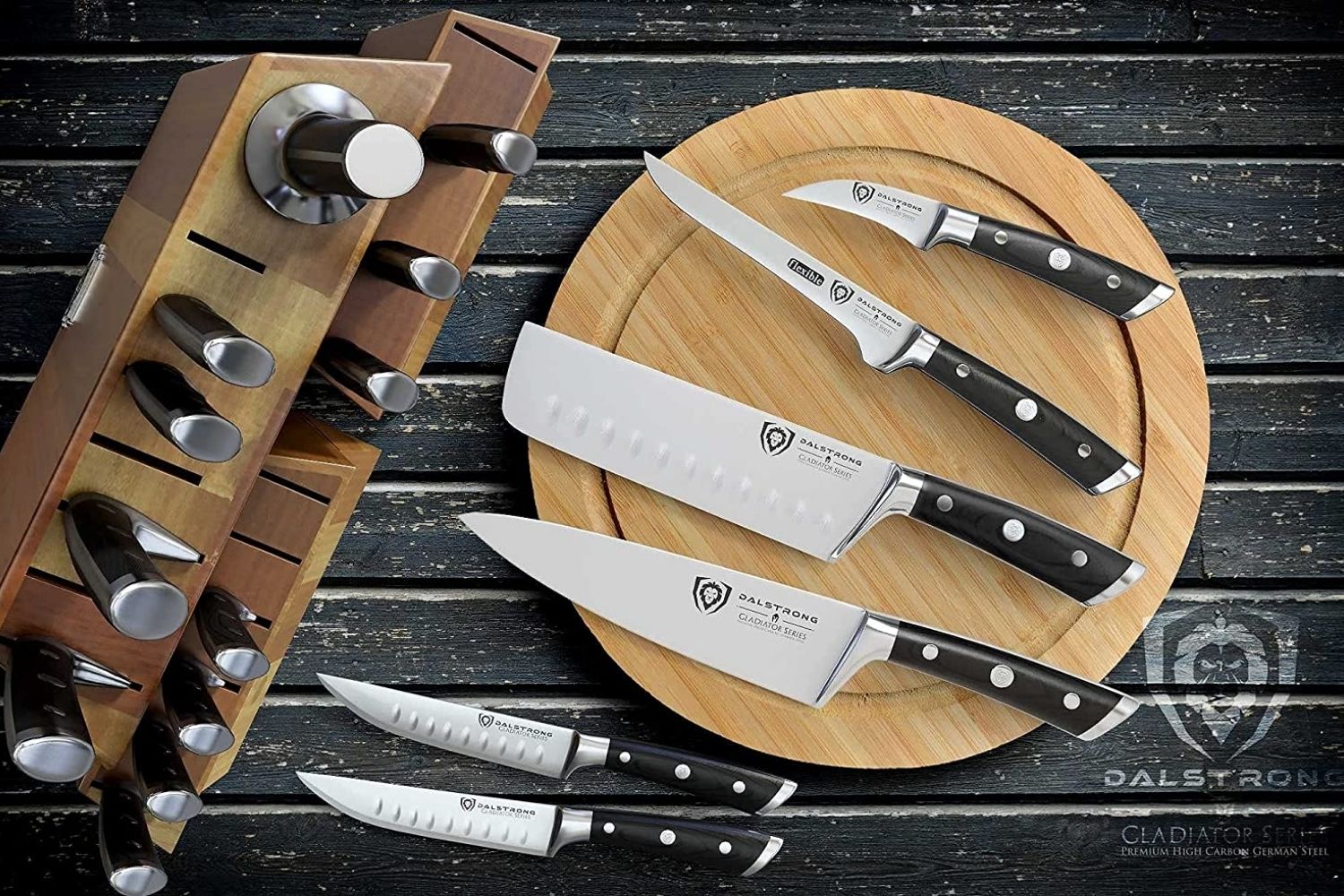
Dalstrong makes excellent knives for kitchen work, and this set of 18 knives is no exception. Each knife has a full tang with a 16- to 18-degree edge on both sides for razor-sharp cutting. There is just about every knife needed, including a boning knife, a Santoku knife, a Nakiri knife, a slicer, steak knives, and more.
Get the Dalstrong Knife Block Set on Amazon for $499.99
31. Traeger Grills Tailgater Wood Pellet Grill and Smoker
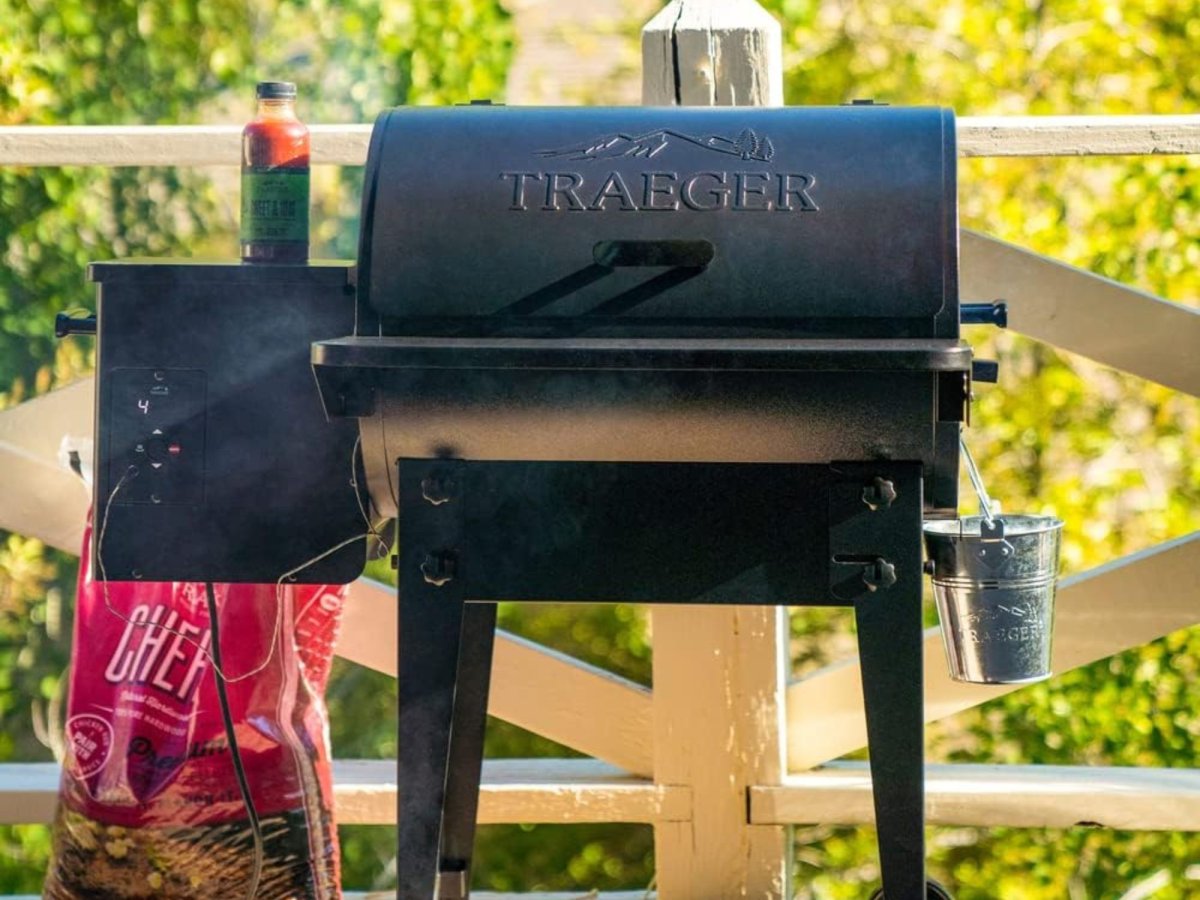
The Traeger Grills wood pellet and smoker is a budget-friendly option that is designed for portability. The grill weighs just 62 pounds, making it relatively easy for a couple of people to load into the back of a pickup truck to take to the campsite or a tailgate party. Additionally, this grill and smoker combo features foldable legs, a built-in meat probe, and a Keep Warm mode to prevent freshly grilled food from getting cold while you plate the rest of the meal.
What our tester says: “Although the Tailgater is portable, it still offers 300 square inches of cooking space, so we were able to grill and smoke various meats, veggies, and side dishes. Nothing beats the smoky flavor a Traeger adds to your food, and we kept coming up with new items to cook just so we could keep testing this small smoker grill.”—Glenda Taylor, Product Reviews tester and writer
Get the Traeger Grills Wood Pellet Grill and Smoker on Amazon for $479.95
Learn more about how we tested and review our top picks in our Best Traeger Grills guide.
32. Masterbuilt Bluetooth Digital Electric Smoker
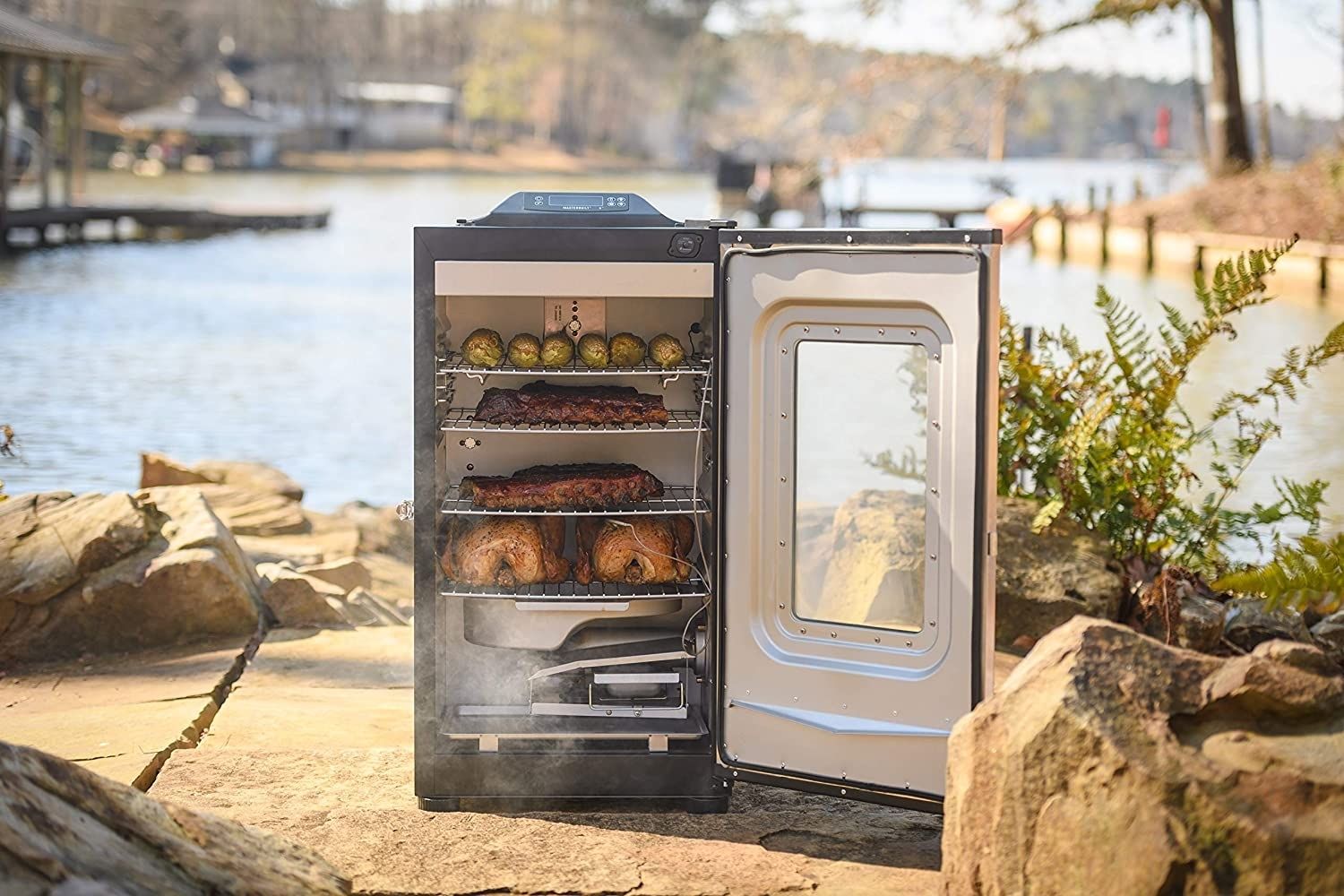
The Masterbuilt Digital Electric Smoker is a great option for those interested in expanding their grilling to smoking. The digital controls and built-in meat thermometer make it easy to keep the right temperature, and the wood-chip loading system is designed to work without opening the door and losing any heat. Your giftee will love the chance to try their hand at smoking meats with an easy-to-use smoker.
Get the Masterbuilt Electric Smoker on Amazon for $249.99
Find more of our favorites in our Best Smokers guide.
33. Kamado Joe Classic Joe II Charcoal Grill
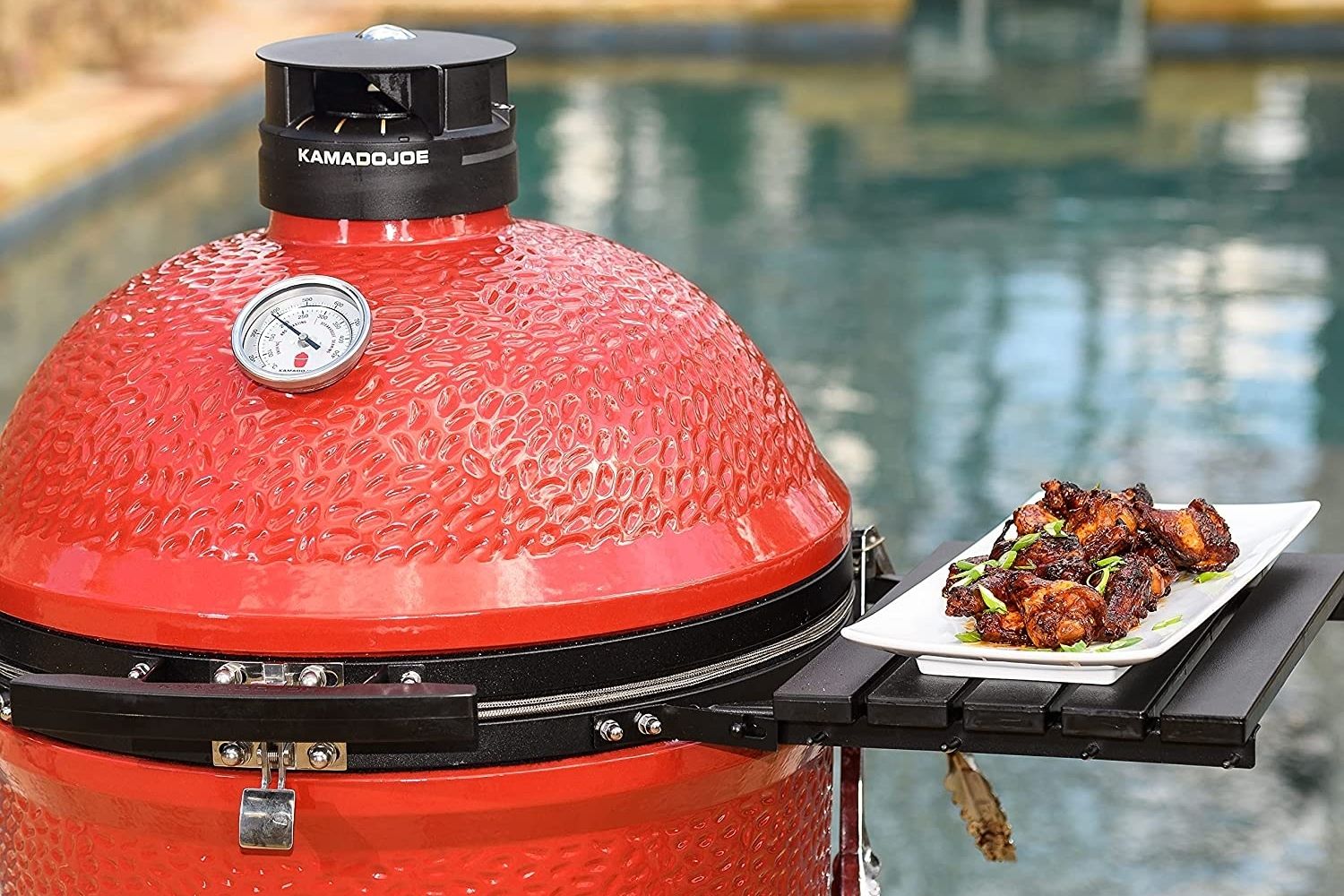
The Kamado Joe Classic Joe II Charcoal Grill has a legion of devotees who swear by its perfection—and for good reason. With its unique egg shape, grillers can grill food on two different levels to achieve the perfect temperature when cooking for a crowd. Whether they need a cooler 225 degrees or a whopping 750 degrees, the patented vent system at the top allows for more control than expected. It’s a truly versatile charcoal grill, and you can give one to a griller who will finally experience how pleasant it is to use a Kamado Joe.
What our tester says: “Though they’re an investment, ceramic Kamado-style charcoal grills offer tremendous performance and versatility. The Kamado Joe II can reach temperatures exceeding 700 degrees Fahrenheit for searing steaks and also maintain low temperatures for smoking. Fitting the Joe II with ceramic plates can create indirect heat for roasting.”—Tony Carrick, Product Reviews tester and writer
Get the Kamado Joe Classic Joe II Charcoal Grill on Amazon for $1,78.99
Learn more about how we tested and reviewed top picks in our Best Kamado Grills guide.
Read our full Kamado Joe review.
How to Choose the Best Grilling Gifts
There are several paths to follow when choosing a unique grilling gift. Consider these ideas as you plan how to show your appreciation for the meat griller in your life.
- If they love to try new flavors, opt for a gift of rubs, marinades, recipes, or subscriptions to monthly clubs.
- Beginner grillers will love to receive quality tools or an upgraded grill or smoker.
- If you know the type of fuel source they prefer, it can help to guide your decision. Charcoal lovers will appreciate gifts that work best for charcoal grills such as specialty charcoal or igniters, but those who enjoy using a pellet smoker will prefer fuel sources that work for smokers, such as flavored pellets or planks.
- Don’t overlook personalized gifts for people who have several passions in life or who will enjoy the humor or thoughtfulness of a gift made just for them.
How to Get the Best Grilling Gifts Deals
Deals on the best grilling gifts can be found year-round, but they’re even more likely to pop up around springtime or holidays. Memorial Day is an especially popular time for grilling gift deals since it’s the unofficial start to summer barbecue parties. The earlier you shop around these holidays, the more likely you are to score discounts on the higher-priced grills and smokers.
While you scour the internet for the best grilling gifts, be sure to use a helpful extension like Honey to check for available discounts or the best prices at online retailers. And the Droplist feature will also alert you when an item you’ve been eyeing drops in price. You can also sign up for emails from the retailers on our list, as that’s one of the best ways to get deal alerts right from the source. This is especially helpful for last-minute gifts or even when you’re planning ahead for upcoming gifts. Deals are often available to help you stick to your budget while finding the perfect gift for someone who loves to grill.
Prices listed here were accurate at the time of publication on December 4, 2024.

